Learn How to Sketch & Draw: 60 Free Basic Drawing for Beginners
Drawing is a skill that anyone can learn with a little bit of practice. While some people are naturally gifted with the ability to create lifelike images, most of us need to put in a bit of effort to hone our skills.
This article provides the best drawing ideas for beginner artists, including step-by-step guides and drawing techniques. It covers a wide range of drawing subjects, from flowers and animals to landscapes and people.
What are the best drawing ideas for beginner artists?
To help you get started drawing, here are 60 super helpful drawings for beginners’ techniques:
1. Dandelions
Dandelions are cheerful-looking flowers that you can easily draw since you must create a wavy stem, standard leaves, and a very fuzzy flower. And the best part is that you just need a pencil and a piece of paper to get started. Find out more inour dandelion drawing tutorial.
2. Magnolias
Magnolias are beautiful flowers in all sorts of colors, from white to pink to blue. The magnolia is another popular choice for nature-themed drawings. Despite its delicate appearance, the magnolia isn’t hard to draw.
Drawing Guides has prepared an intuitive tutorial that does a great job breaking down the steps involved in drawing a magnolia flower, starting with the stem and ending with the leaves, flowers, and coloring process.
3. Roses
Roses are among the most popular flowers worldwide, so it’s no wonder why so many people wish to recreate them in their drawings and paintings. Drawing a rose is easy when breaking down the flower into small and simple shapes, as My Life in a Bullet did. The guide walks you through the process of drawing a rose step by step using a stylized drawing technique instead of a realistic one.
4. Sunflowers
Sunflowers are cheerful, summery flowers that symbolize loyalty and admiration. You can learn how to draw a simple sunflower by checking out this tutorial from Felt Magnet, which describes a method that can also be used to draw other flowers with similar shapes,like daisies and chrysanthemums.
5. Animal fur
Drawing animal fur can be tricky if you’ve never done it before. But this guide we found on Tuts+ does a great job breaking down the process into simple steps, covering both short and long fur.You’ll also learn to add highlights and shadows to make the fur look more realistic.
6. Butterflies
Butterflies are delicate insects with colorful wings and intricate patterns that can be challenging to recreate in drawings.If you’re interested in learning how to draw butterflies, this tutorial from Monika Zagrobelna on Tuts+ is a great place to start. You’ll learn about the butterfly’s anatomy, how to draw its wing patterns, and tips foradding color to make your drawings pop.
7. Birds
Birds have various colors, shapes, and sizes, making them an exciting subject for beginner artists. If you don’t know where to begin drawing a bird, check out this guidefrom ArtLex. It covers the basics, breaks down the anatomy of the bird into simple geometric shapes, and invites you to add details to makeyour drawing look more realistic.
8. Tabby cat
A tabby cat is a great way for rookie artists to practice their drawing skills, especially if they have a pet cat.This tutorial from How 2 Draw Animals teaches you how to draw a tabby cat, starting with simple shapes and moving on to more complex details like fur and shading.
9. Dog sketch
If you’re not a cat person, you’re probably a dog person. So this dog sketch tutorial from Do It Before Me might interest you more. It has several variations for drawing simple dog sketches and includes helpful guides for different drawing styles, from cartoon to realistic dogs.
10. Horses
Horses are majestic animals and a source of inspiration for countless artists throughout history.This tutorial from Art in Context explains horse drawing in easy steps, starting with the head and working down to the body by using geometric shapes and simple lines. When you feel confident enough to advance to the next level, you can learn how to add shadows and highlights from the same guide.
11. Bear
The bear is a fantastic subject if you’re interested in drawing wildlife, where you can also apply the animal fur tutorial described earlier.The folks at Creative Bloq make the entire process easy by explaining the way to draw a bear in five steps. Start by outlining the bear and continue by adding details to make it realistic.
12. Fish
The fish is a simple creature to draw, especially when following the instructions provided by I Heart Crafty Things. Start by drawing the fish’s body and continue by adding the fins, tail, and eyes. This tutorial is excellent for kids.
13.Basic Cartoon Drawing Techniques
Drawing cartoons can be difficult, especially nailing the proportions. If you want to go down this road of sketching cartoon characters, check out the tutorial from Don Corgi. It showcases fundamental drawing techniques for fleshing out imaginary cartoon characters.You’ll also learn about common mistakes, such as failing to emphasize exaggerated features like huge eyes.
14. Cat in the Hat
After learning the fundamentals of cartoon drawings, you can practice sketching recognizable cartoon characters, such as the Cat in the Hat.This guide from Drawing How to Draw explains simple instructions for creating the Cat in the Hat in pencil, featuring an art style between Western cartoons and Chibi. Although geared toward kids, the tutorial can be followed by anyone interested in learning how to draw this classic cartoon character.
15. Cartoon Penguins
A penguin is cute, hilarious, and easy to draw in simplistic form by using lines and shapes. As such, drawing a penguin is ideal for beginner artists. And if you have a soft spot for cutesy cartoonish drawings, this tutorial from How 2 Draw Animals teaches you how to sketch a cartoon penguin in just a few easy strokes. The project works for digital and traditional artists alike.
16. Spongebob Squarepants
Spongebob Squarepants is a wacky cartoon character adored by children and adults alike. It’s a great way to practice your artistic skills since the drawing style of Spongebob is quite rudimentary, so it can be easily reproduced.Art Projects for Kids has an easy tutorial for learning how to draw Spongebob using geometric shapes.
17. Kid-friendly dragon
A dragon is a mythical creature that can be tricky to draw since it has scales and other intricate details. ButArt Projects for Kids has a simple dragon-drawing tutorial prepared for the younger audience, which doesn’t need that much attention to detail. It’s a great project for 5-year-olds who love scribbling.
18. Realistic dragon
Compared to the previous dragon drawing for kids, this realistic dragon sketch is dedicated to artists ready to progress to the next level since it features deeper details. Check out the tutorial fromImprove Your Drawings to learn how to recreate a better-looking dragon, complete with spikes and wings.
19. Dinosaurs
Dinosaurs have somewhat similar features to dragons, so it’s a good idea to combine the two creatures when practicing your drawing skills. You can learn how to easily draw a T-Rex by following the instructions provided by Monika Zagrobelna on Tuts+. The drawing style is more photorealistic than others on this list.
20. Robots
Robots are great subjects for kids interested in technical drawings since they can use their rules and compasses. Besides, there are numerous robot variations worth exploring. This tutorial from How to Draw Funny Cartoons teaches children how to draw a robot filled with elementary patterns using simple shapes and lines.
21. Fruit
Fruit is always popular for drawing since you can take inspiration from real objects, not just reference photos. Drawing fruit seems easy, but things can get complicated when it comes to sketching the finer details, such as dimples on an orange’s skin.This tutorial from Scribbles explains everything involved in drawing fruit using natural language that anyone can understand.
After mastering several fruits, you can combine them in a single drawing to create a classic fruit basket or a cornucopia if you’re feeling festive.
22. Trees
There are many ways to draw trees since no two trees are alike. This guide from wikiHow shows you how to draw leafy and fir trees using simple shapes and lines, starting with the trunk and finishing with the canopy.
23. Leaves
After mastering how to draw trees, you can kick it up a notch and learn to doodle various leaves. For instance, you can use leaves to decorate a flower pot or create a fall-themed drawing. This tutorial from Smiling Colors teaches you how to draw leaves of different shapes and sizes using simple lines and curves. You can also experiment with maple, oak, palm, or other types of leaves.
24. Cherry Blossoms
Cherry blossoms are gorgeous trees with pink or white flowers that have a distinct shape. Cherry blossoms are ideal for romantic scenes or springtime landscapes, and you can learn to draw them by following a simple tutorial fromEasy Drawing Guides. It includes detailed illustrations for every step of the drawing process.
25. Natural sceneries
After learning how to draw trees like cherry blossoms and leaves, you can combine all these elements to create a complete natural scenery. Natural sceneries have various shapes and sizes but share one trait: a horizon line. A video guide from BABA’s Art demonstrates how to draw a full natural scenery by starting with a horizon line, which includes a river, mountains, and trees.
26. Sky and clouds
Drawing a landscape with sky and clouds can be tedious since you are prone to making mistakes. But this tutorial fromArt Instruction Blogguides you every step of the way, starting with cross-hatching and blending.You’ll learn how to make a gradient sky gradient by lightening and darkening key areas.
27. Beach
Sketching a beach means mastering various elements, like the sky and sun, water, the sky’s reflection in the water, sand, and tropical trees. If you prefer a simpler approach to doodling a beach, check out the video tutorial fromMukta Easy Drawing, which is mostly oriented toward kids. It uses crayons.
28. Snowflakes
Snowflakes are unique and symmetrical, making them an excellent choice to exercise your drawing skills using a pencil and a ruler. Check out this tutorialfrom Monica Zagrobelna on Tuts+ to learn how to draw a snowflake step by step using basic shapes that anyone with a standard geometric set can follow.
29. Mandalas
Similar to snowflakes, mandalas are unique and symmetrical, so you should give them a go if you wish to practice drawing complex patterns by using various shapes and symbols. This tutorial from Art Is Fun is an awesome starting point for beginner sketch artists.
30. Hole optical illusion
Mandalas can have a hypnotic effect, but they’re no match for hole optical illusions, like this one fromMy Drawing Tutorials. Optical illusions are a great way to get kids involved in drawing since they can impress their friends with mind-blowing artwork.
31. Houses
Houses are among the first things you learn to draw in kindergarten, thanks to their simple shape and details. Aguide from Easy Line Drawing teaches you how to draw a simple 2D home, which is great for doodling and practicing your rookie artistic skills. Once you’re confident enough with your design, you can enrich it with an extra storey, garage, or trees.
32. Cars
Cars are other objects that preschoolers learn how to draw in addition to houses. If you want to develop your artistic skills to create 3D cars, it’s best to start with 2D cars. And this tutorial from wikiHow teaches you how to sketch realistic and cartoon cars.
33. Spaceship
Drawing a spaceship is probably the only thing related to spaceships that don’t involve rocket science.If you’re a science fiction fan, you’ve probably dreamed of flying one of these bad boys at some point.A tutorial from Yedraw shows you how to draw a spaceship step by step, which is less complicated than it seems.
34. Angel wings
Angel wings are a great subject to draw if you’re into angels and demons, or if you’re an aspiring tattoo artist. It’s essential to nail the correct proportions when drawing angel wings, as this tutorialfrom Easy Drawing Guides demonstrates.
35. Tribal designs
Tribal designs are usually associated with tattoos, but they can be used for various other purposes. If you want to learn how to draw tribal designs, this tutorial from How to Draw Funny Cartoons is a great place to start.It teaches you the basics of creating tribal art, which you can apply when making your own designs.
36. Human body proportions
To learn how to draw human bodies correctly, you have to get a hang of the proportions, such as the height and waist of the person. Once you have these basic measurements, you can start to map out where each body part should go in relation to the others. Check out this tutorial fromImprove Your Drawings, which demonstrates how to draw a human body in a 3/4 view.
37. Male and female bodies
After learning about human body proportions, you can start exploring the differences between male and female body types in order to sketch them.you’ll realize a significant difference between drawing a male and a female figure. This tutorial from Nastasia Peters on Tuts+ explains everything you need to know about doodling male and female bodies.
38. Human hands
Human hands can be tricky to draw, but this tutorial fromAdobe Creative Cloud nicely explains the procedure of sketching well-proportioned and anatomically-correct hands.
39. Facial proportions
When it comes to drawing facial proportions, there is no one-size-fits-all approach. You may need to experiment a bit to find what works best for you. However, thistutorial from The Virtual Instructor does an excellent job explaining the fundamentals of facial proportions and includes a handy diagram to use as a reference.
40. Eyes
Drawing eyes is one of the most challenging aspects of portrait painting, but it is also one of the most important. The eyes are the windows to the soul, and they can make or break a painting. Fortunately, there are a few simple tricks that can help you to achieve realistic and expressive eyes in your paintings.
This tutorial from Drago Art does a great job of breaking down the process of drawing eyes, from outlining the eyes and darkening the pupils to adding the eyelashes and drawing the eyelash reflection.
41. Mouth
Drawing a human mouth can seem like a daunting task, but with a little practice, it can be easy to capture the nuances of this facial feature.This tutorial from Arty Factory does an excellent job of breaking down the process of drawing a mouth into small, easy-to-follow steps.Once you’ve practiced drawing the mouth in this form, you can try drawing it with different expressions, such as a smile or a frown.
42. Teeth
Anyone who has ever tried to draw a mouth will know that one of the most difficult features to get right are the teeth. Not only are teeth small and intricate, but they also play an important role in the overall expression of the face.
This guide from Rapid Fire Art teaches you how to draw teeth correctly, including incisors, canines, and molars, and how they insert inside our gums.
43. Straight hair
Learning how to draw straight hair can be a challenge, but it’s definitely possible with some practice. This tutorial from Gavin O’Donnell describes the correct steps for sketching straight hair. With a little bit of effort, you’ll be able to create lifelike straight hair that is sure to impress.
44. Curly hair
Many people think that drawing curly hair is more difficult than sketching straight hair, but it doesn’t have to be. With a few simple tips from Painting Creativity, you can learn to draw curly hair that looks realistic and stylish. For instance, an important thing to remember is that curly hair is not a mass of spirals but made up of many small, individual curls.
45. Underwater hair
The key to drawing underwater hair is to understand how light behaves in water. You’ll need to experiment a bit to get the hang of it, but the basic principle is that light is refracted when it passes through water. This means that it bends, and this is what gives the appearance of underwater hair floating in the water. Follow this tutorial from Jeyram, which explains the process of drawing underwater hair into small, easy-to-follow steps.
46. Male and female faces
Male and female faces are complex to draw since they have a multitude of subtle details that you must capture to create a lifelike image. For example, you must study the structure of the face to familiarize yourself with the proportions of the different features, such as eyes, mouths, and teeth. Then, it’s necessary to learn the differences between male and female faces, as Fine Art Tips elegantly explains in step-by-step instructions. Once you have a good understanding of the underlying anatomy, you can begin to experiment with different ways of illustrating the more delicate facial features of women and the more rough facial traits of men.
47. Anime eyes
Anime eyes are large, expressive, and often a character’s most distinctive feature. While they may seem daunting to draw at first, with a little practice, anyone can learn how to capture the essence of anime eyes. This tutorial from Anime Outline is a great place to learn to draw male and female anime eyes and make them expressive.
48. Anime hair
Anime hair is probably the second most distinguishing feature of anime characters after their eyes. Anime hair is often drawn in exaggerated styles, with spikes and curls that would be impossible to achieve in real life. If you want to learn how to draw anime hair, check out this guide from NN The Blog.
49. Anime faces
Drawing anime faces is a skill that can be mastered by anyone with patience and practice. Painter Artist does a fine job explaining everything involved in sketching anime faces to capture the essence of your favorite characters. While there are basic principles to follow, anime faces are ultimately defined by their individualized features, such as eyes and hair. As such, there is no one right way to draw them.
50. Anime male and female bodies
Learning how to draw anime male and female bodies can be fun and rewarding. While there are some commonalities between male and female bodies, there are also key differences. For instance, male anime characters often have broader shoulders and chests, while female characters tend to have narrower waists and hips. Anime Outline covers the basics of sketching anime body types for both maleand female characters.
51. Naruto
Naruto is a popular anime character that’s fun to draw, thanks to his distinctive orange hair and spiky jutsu. Fortunately, learning how to draw Naruto isn’t difficult.This tutorial from Easy Drawing Guides has step-by-step instructions with simple tips so that you can start creating your own version of this iconic anime character.
52. Comic book characters
Drawing comic book characters is exciting because it opens a world of endless possibilities since no two comic book characters are ever the same. If you plan to learn how to draw comic book characters, we suggest starting with this intuitive guide from Biowars. The tutorial requires you to familiarize yourself with the basic anatomy of a comic book character and the proportions of the head, torso, and limbs. Once you have a grasp of the fundamentals, you can study the work of your favorite comic book artists and experiment with different styles and techniques.
53. Deadpool
Deadpool is an excellent comic book character for practicing your rookie artistic skills. Since he wears a full-body suit that completely covers the head, you don’t have to worry about sketching intricate details like eyes or hair. Check out this video tutorial fromCartooning Club How to Draw to learn how to easily draw Deadpool.
54. Caricatures
Caricatures are comical drawings that exaggerate the physical features of the subject. Learning how to draw caricatures is fun and unique for entertaining your friends and family. The best way to start is by practicing on yourself or a willing friend. Or you can follow Toons Mag to exercise drawing the caricatures of famous people.
55. Glass of water
A glass of water is one of the simplest and most versatile objects to draw. A glass of water can add interest and dimension to your drawing, whether you’re trying to capture the light on a still life or sketching a quick portrait.
This video tutorial from Circle Line Art School explains all about fleshing out a glass of water on paper and how light bends as it passes through water. Once you understand the concept of reflections and refractions, you’ll be able to apply it to other objects, like a diamond ring or a cityscape reflected in a lake.
56. Holding the pencil correctly
Learning how to hold and control a pencil is a challenging aspect of drawing since it requires a high degree of coordination between the hands, eyes, and brain. Even something as seemingly simple as drawing a straight line can be frustratingly difficult for beginners. The key to success is practice and patience.
This video tutorial from Proko explains how to hold a pencil correctly and how the pencil type, angle, and pressure can affect your drawings.
57. Drawing without smudging
Smudging is inevitable when attempting to draw a straight line with a pencil, but there are ways to minimize smudging and even prevent it altogether. For example, you should use a quality pencil with a good eraser, hold the pencil close to the tip for more control, use light pressure to draw lines, and avoid resting your hand on the paper you’re drawing. Check out wikiHow for more tips on how to avoid smudging while drawing.
58. Drawing basic shapes
Learning to draw basic shapes freehand is an excellent way to practice your drawing skills. Even if you’re a seasoned artist, drawing elementary shapes will help you down the line, considering that most complex objects can be broken down into elementary geometric figures. Besides, you can doodle basic shapes in your free time to exercise your hand’s muscle memory.
This video tutorial from Rapid Fire Art demonstrates how to split any elaborate object into simple shapes in order to draw it easier as a whole. You can use this drawing technique for anything, from a vase of flowers to a cityscape.
59. Shading drawing techniques
Shading is an essential skill that any artist needs to learn. Shading gives dimension and depth to drawings, and you can use it to create a wide range of effects, from subtle highlights to dramatic shadows. While shading may seem like a daunting task at first, it’s actually quite easy to learn the basics by starting with simple shapes and gradually building up your skills. VisitRapid Fire Art to learn how to apply shading in your drawing. as well as crosshatching, stippling, and gradients using pencils, pens, and markers.
60. Drawing with perspective
The perspective technique is a drawing method that creates the illusion of depth on a two-dimensional surface. By using vanishing points and horizon lines, you can give your drawings a sense of space and distance. This can be especially useful when trying to capture the feeling of a vast landscape or an expansive cityscape. While the perspective technique can be initially daunting, it is well worth the effort to learn, and you can check out the guide from Clip Studio Tips for more info.
Conclusion
Many people feel intimidated by the prospect of drawing something from scratch. But with a little bit of patience, practice, and examples like the ones in this article, anyone can learn to draw reasonably well. So don’t be discouraged if your early efforts aren’t quite up to Picasso standards. Make a point to spend time each day working on your drawings, and you’ll be surprised at how quickly your skills improve.
Which of these easy drawings for beginners did you do?Drop us a comment below and tell us which tutorial you liked best. We’d love to get your feedback.
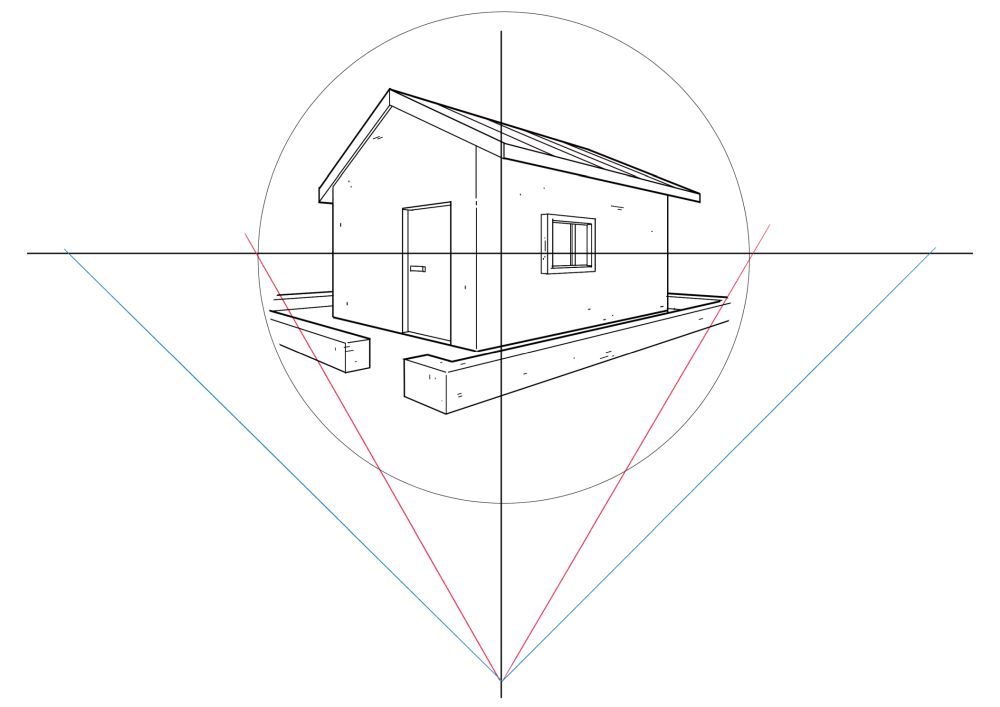
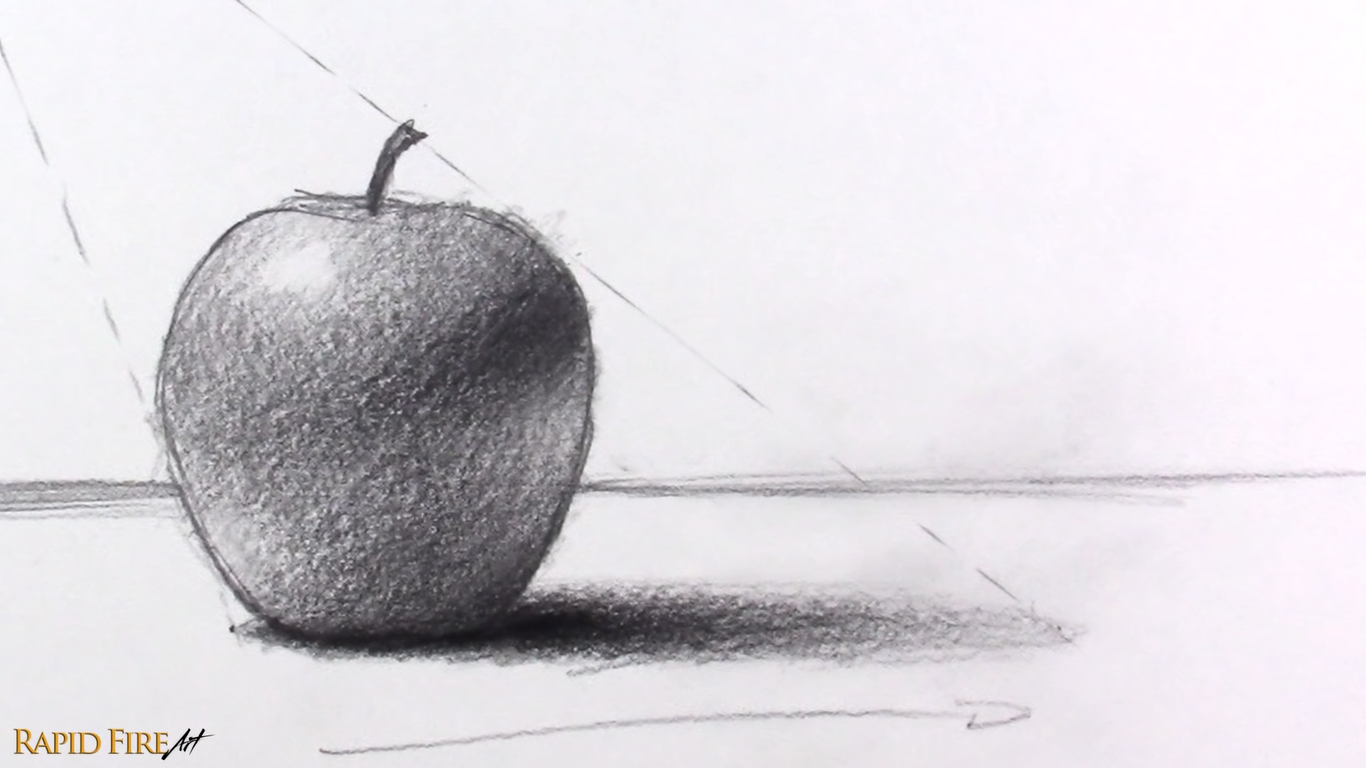
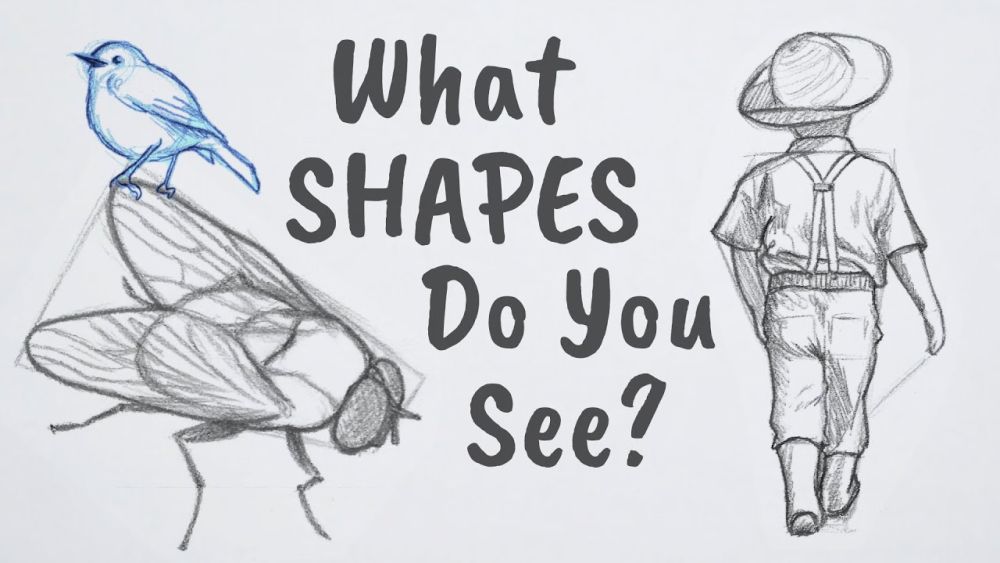
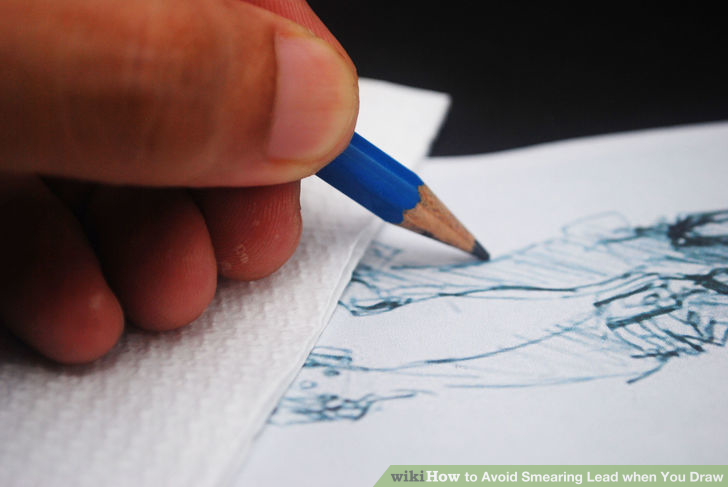
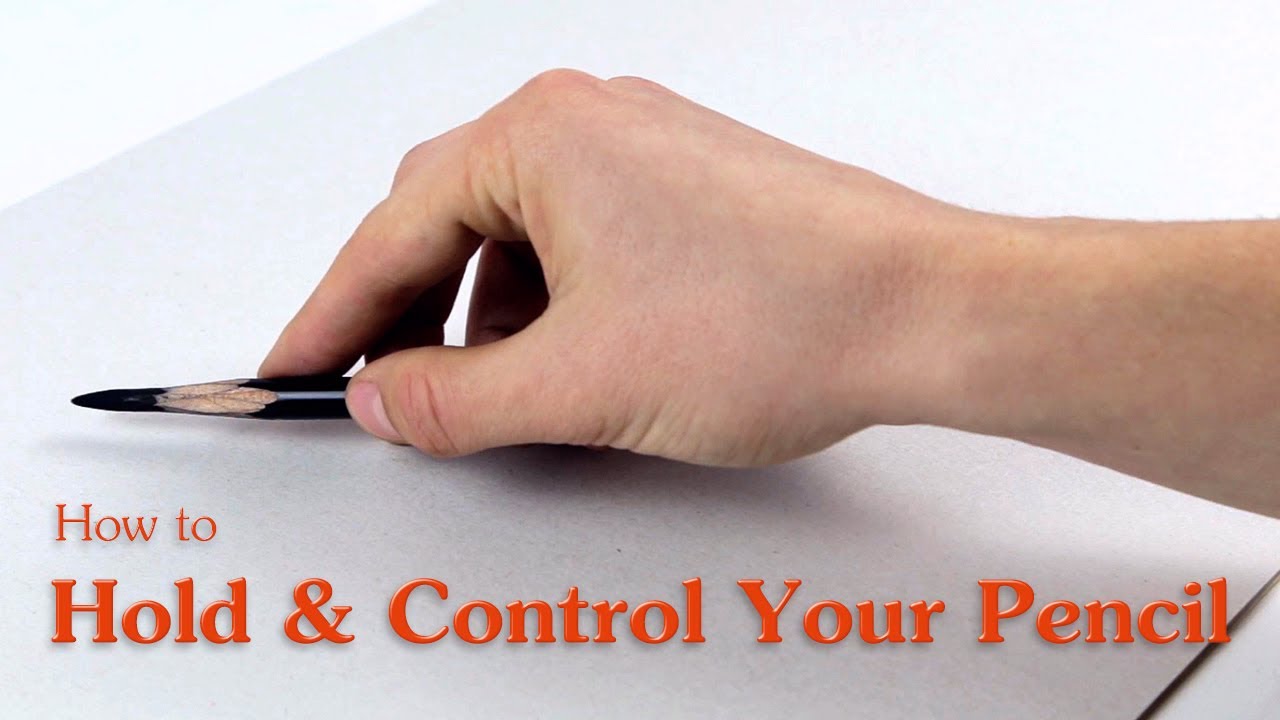
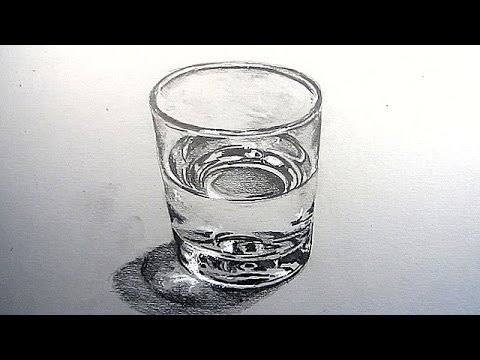
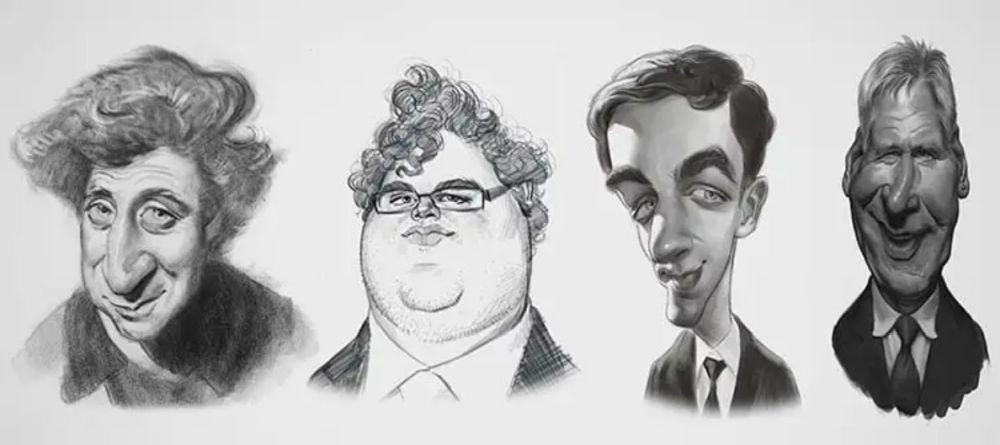
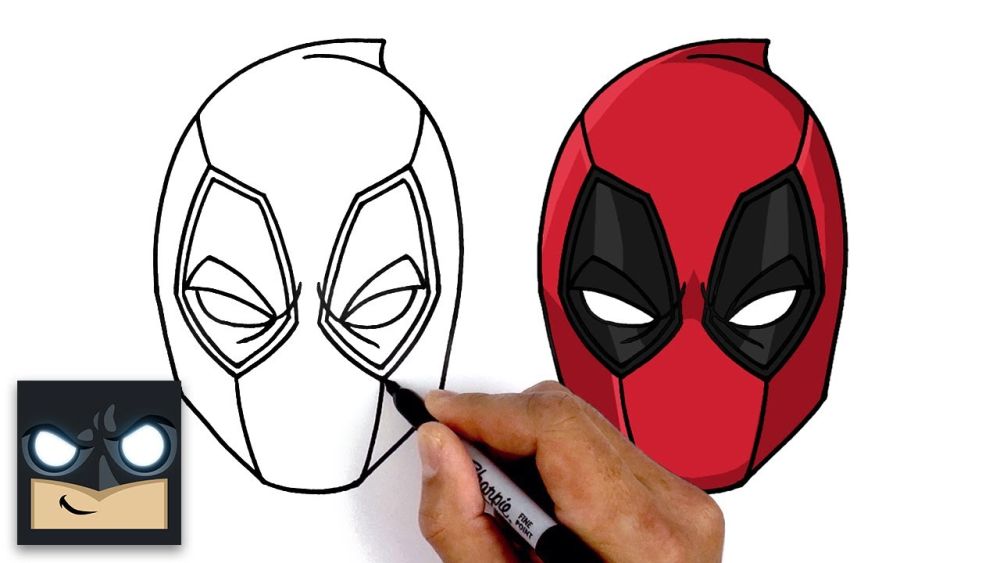
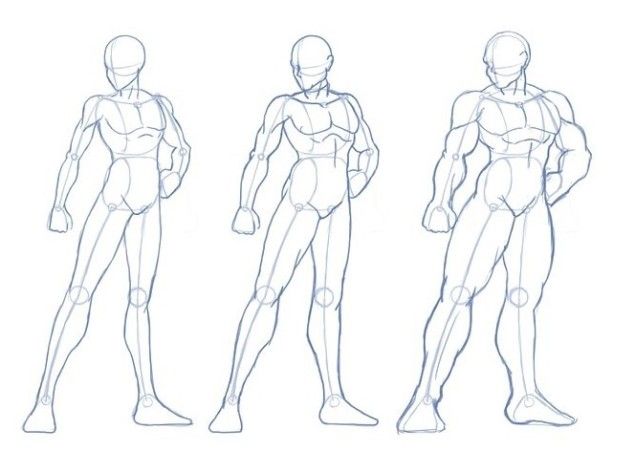
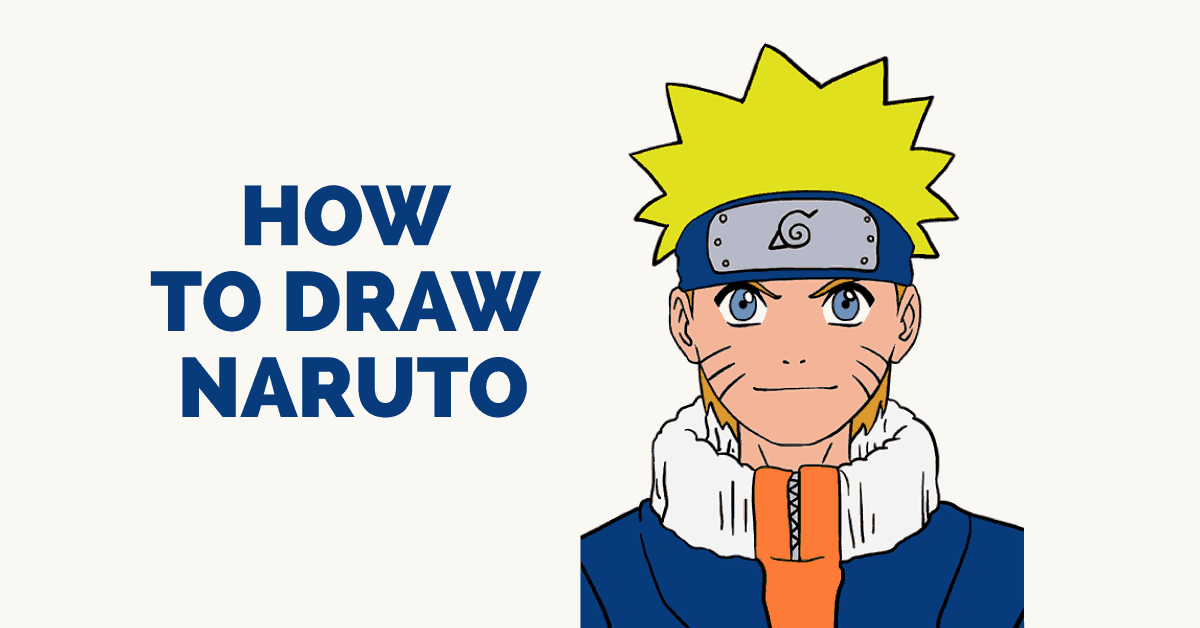
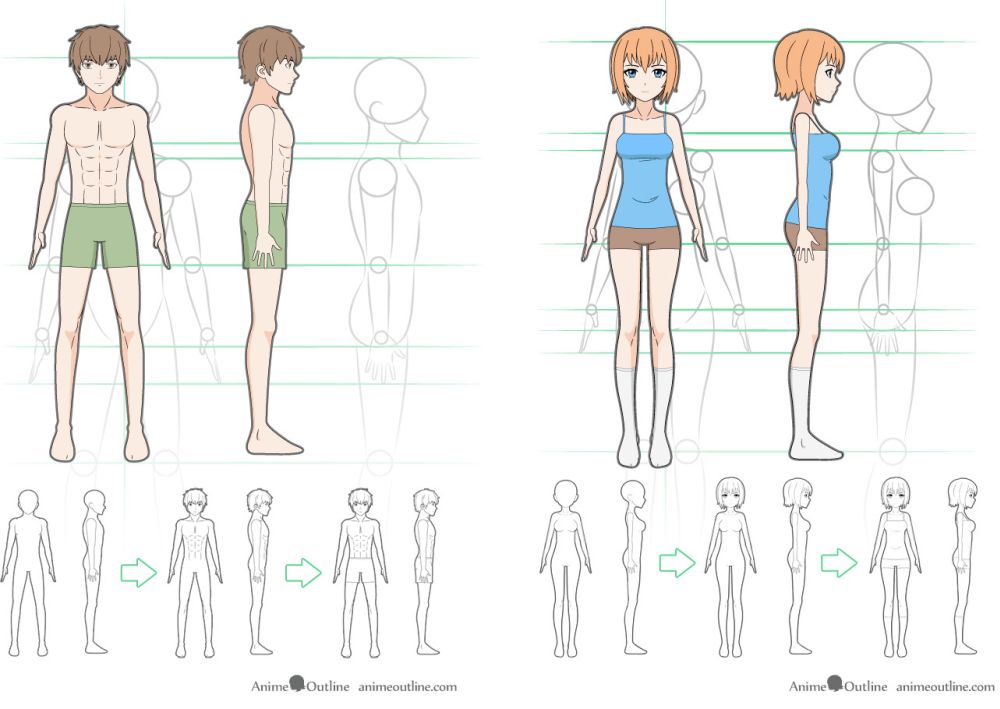
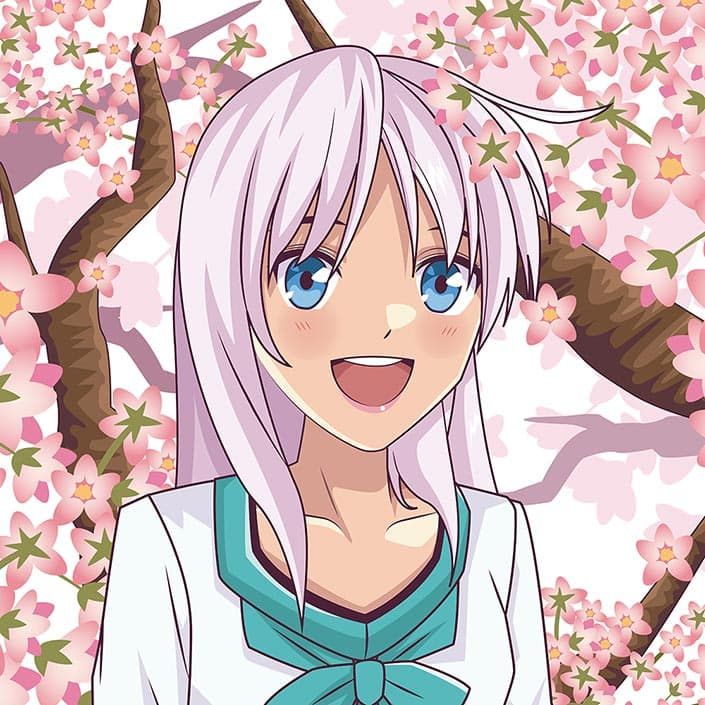
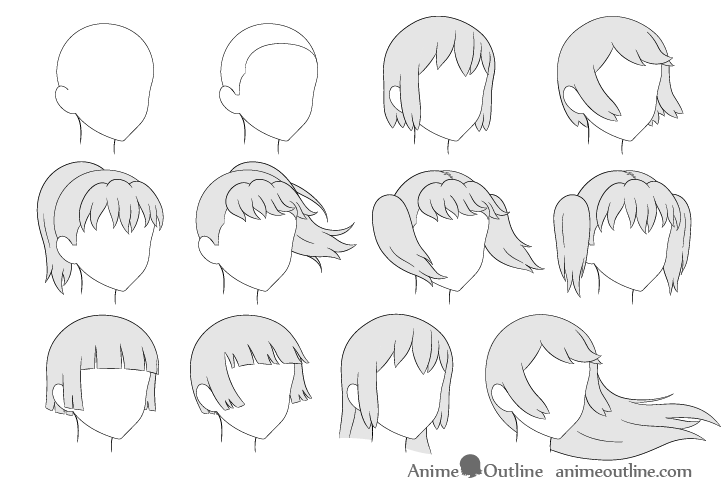
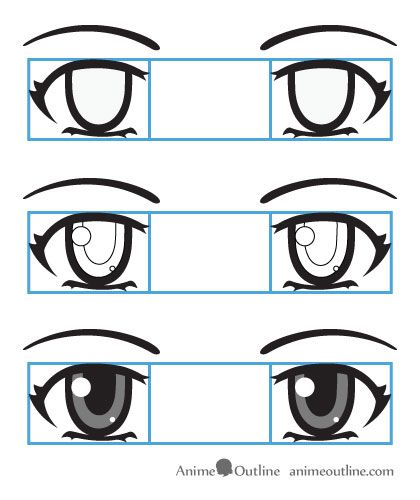
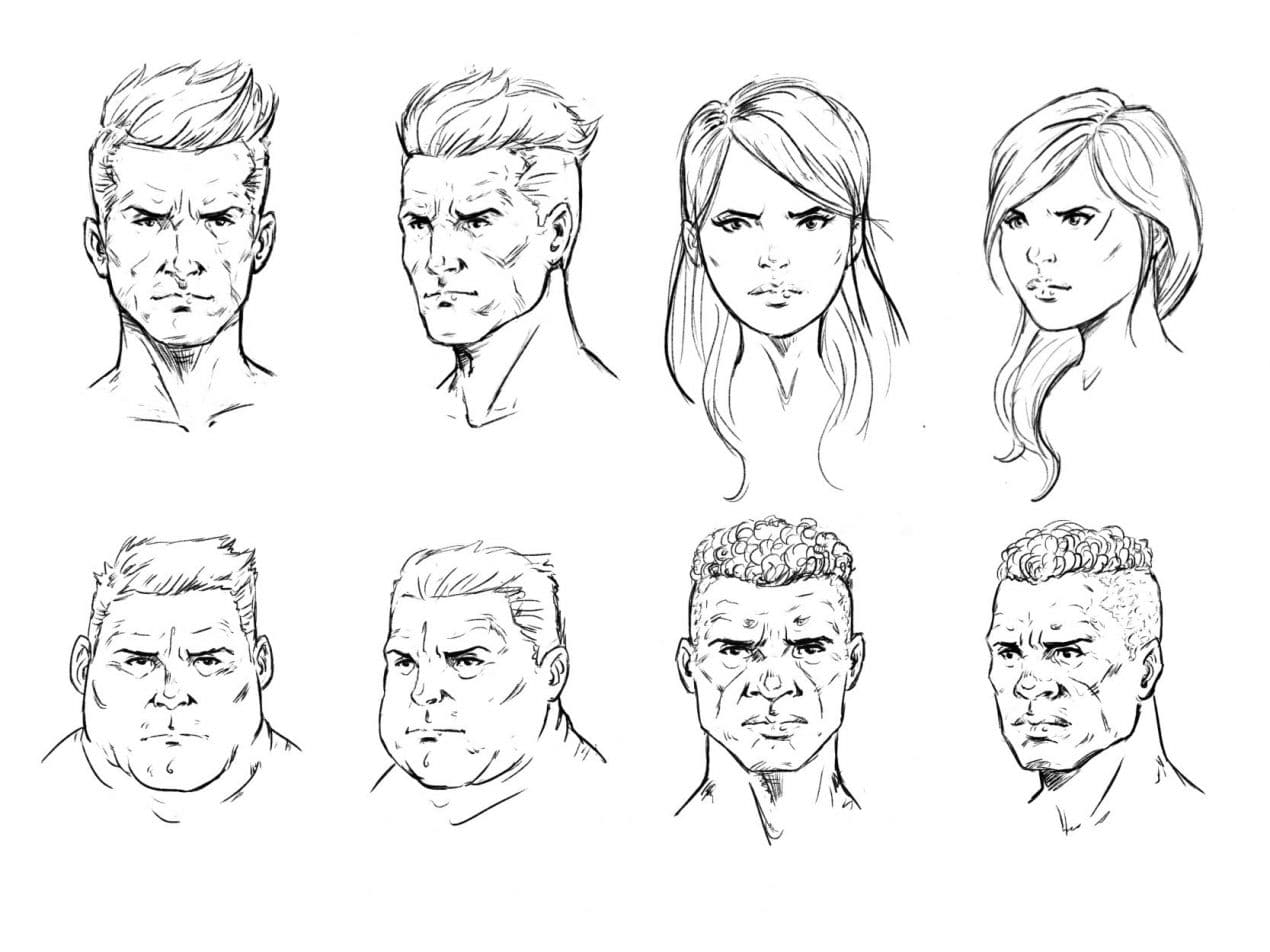
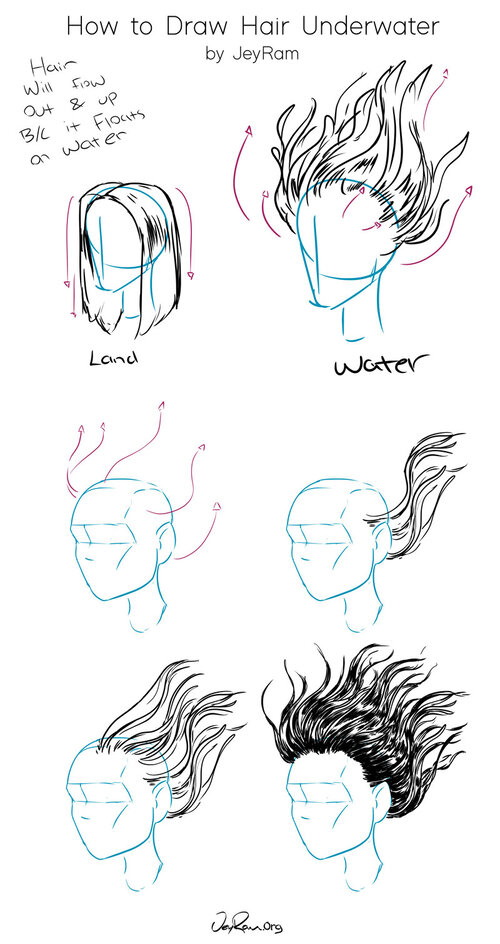
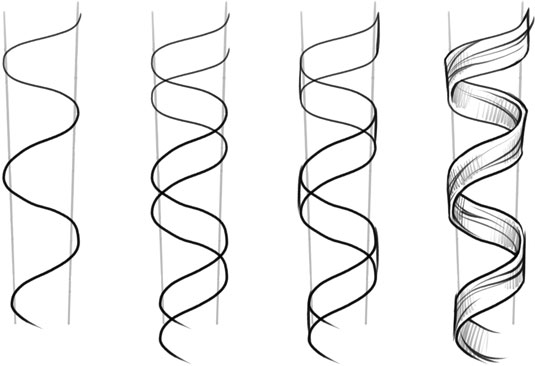
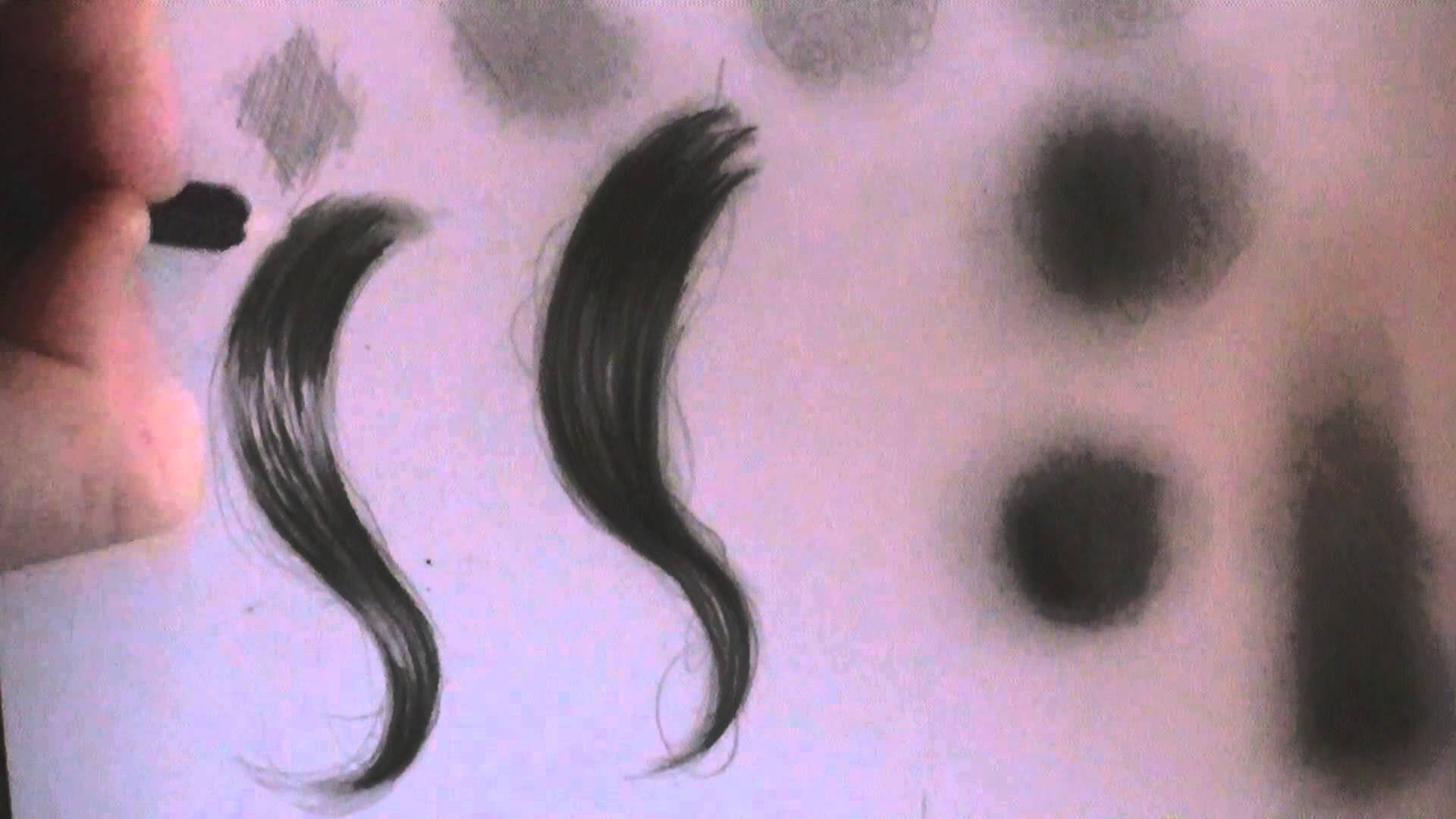

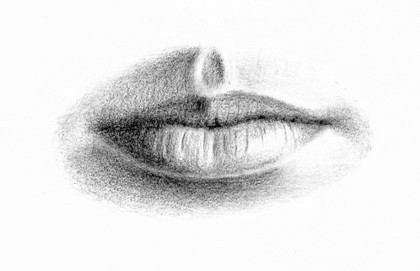
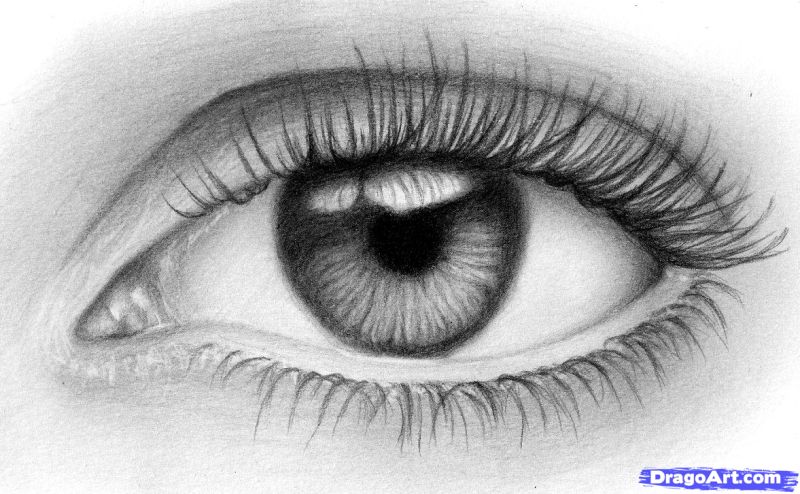

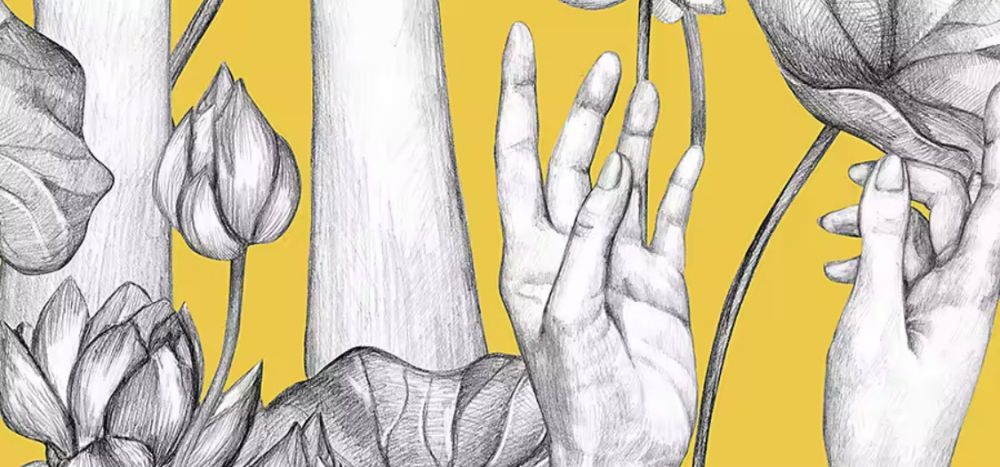
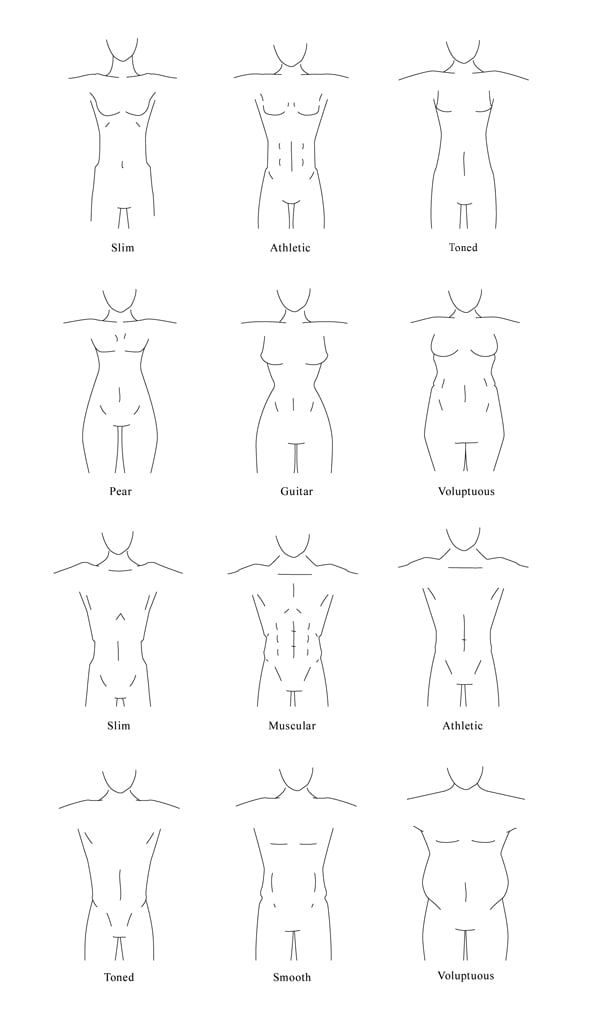
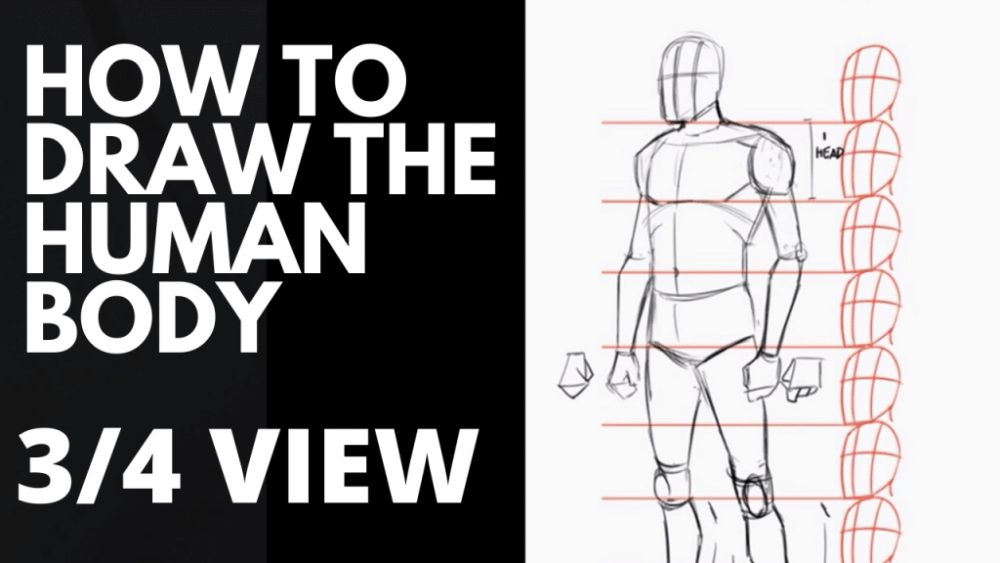
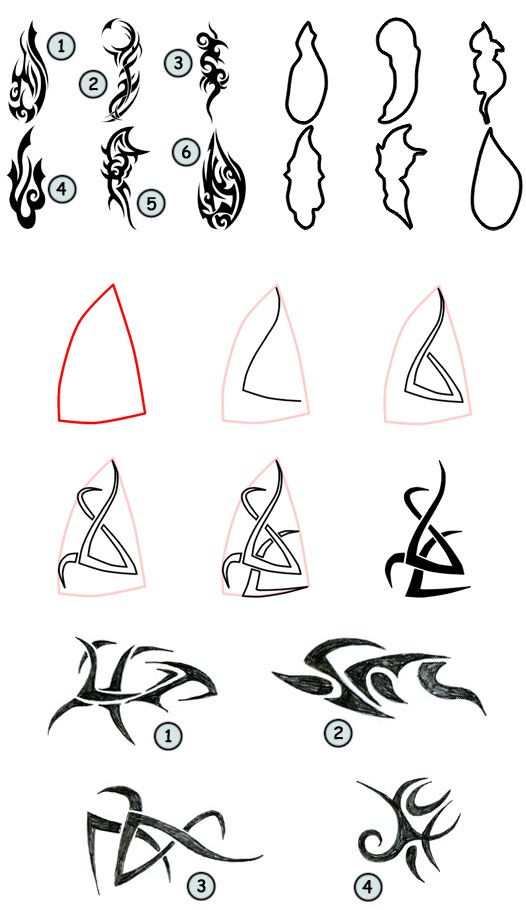
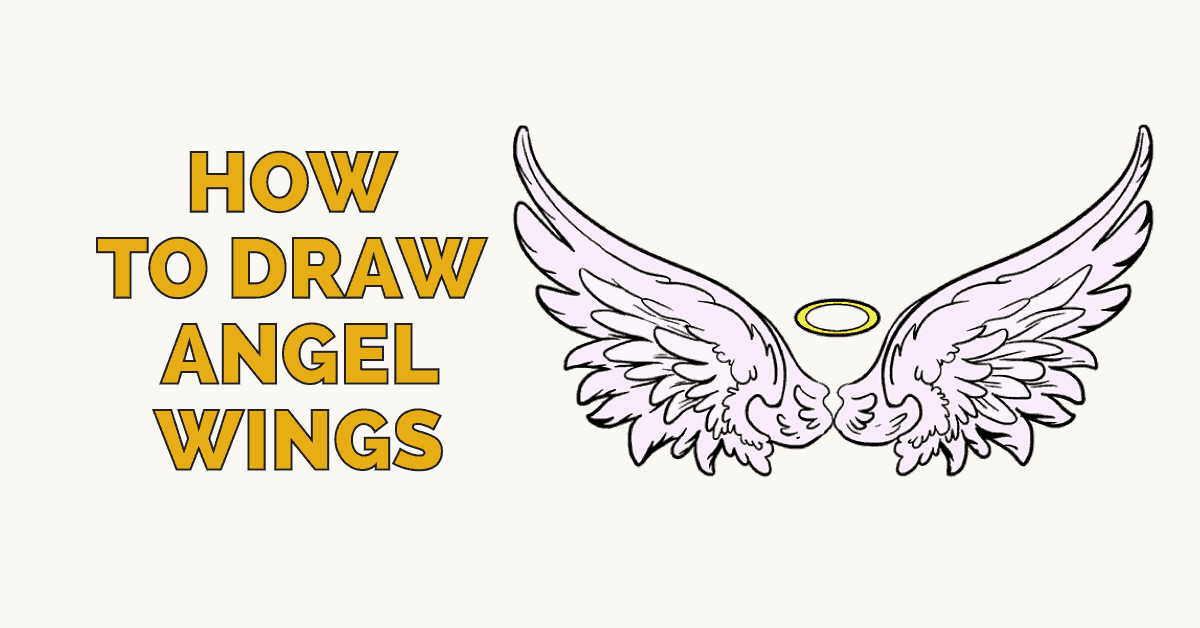
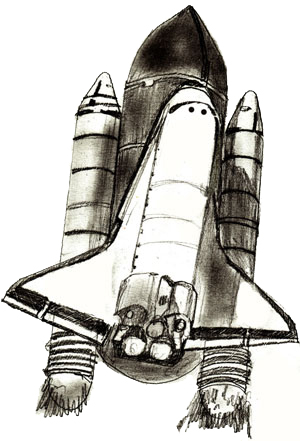
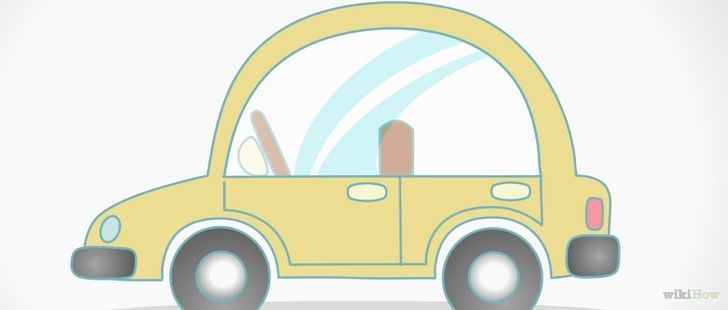

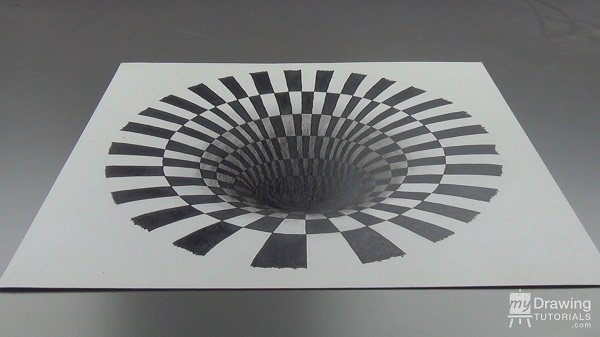
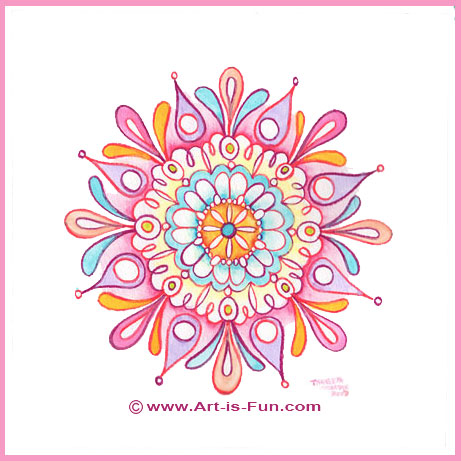

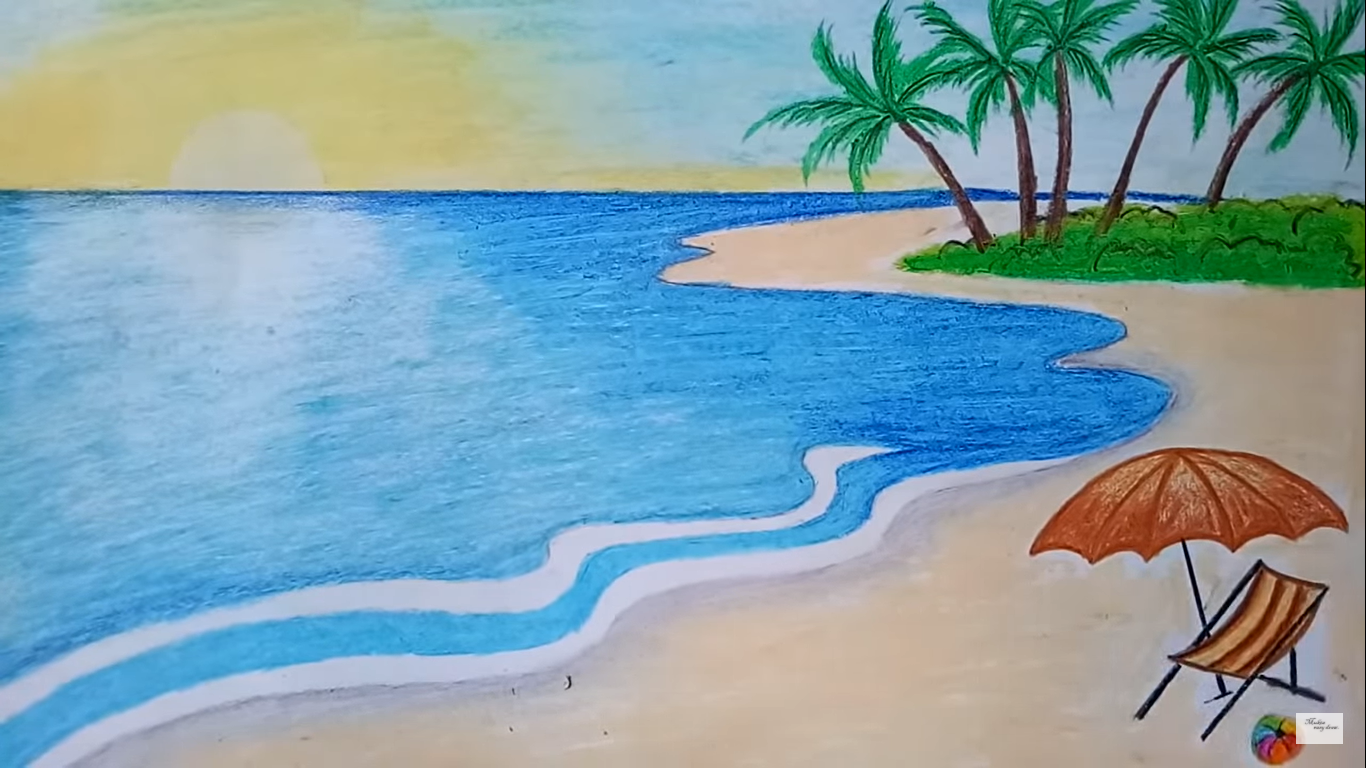
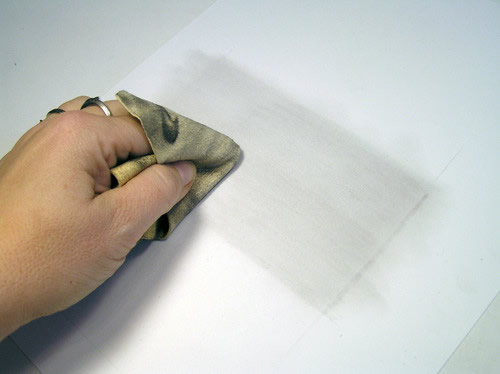
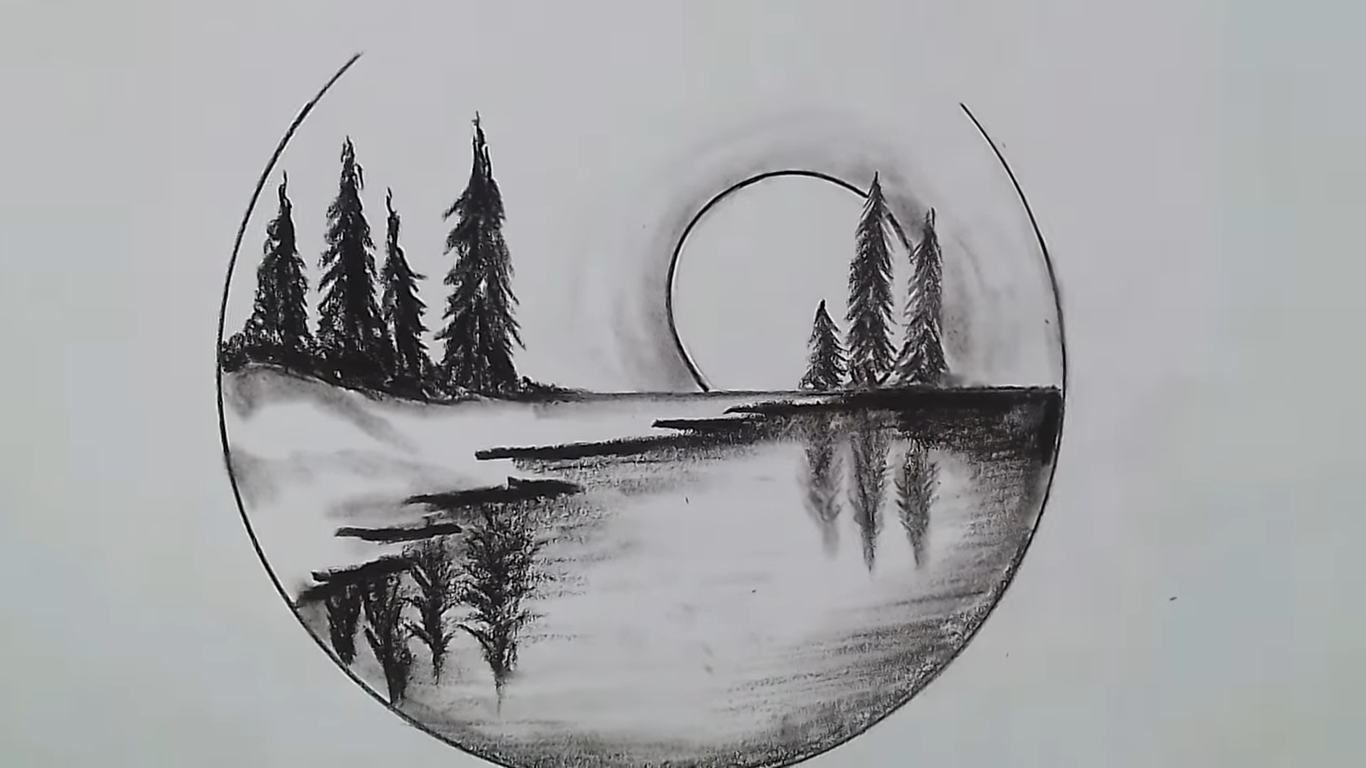
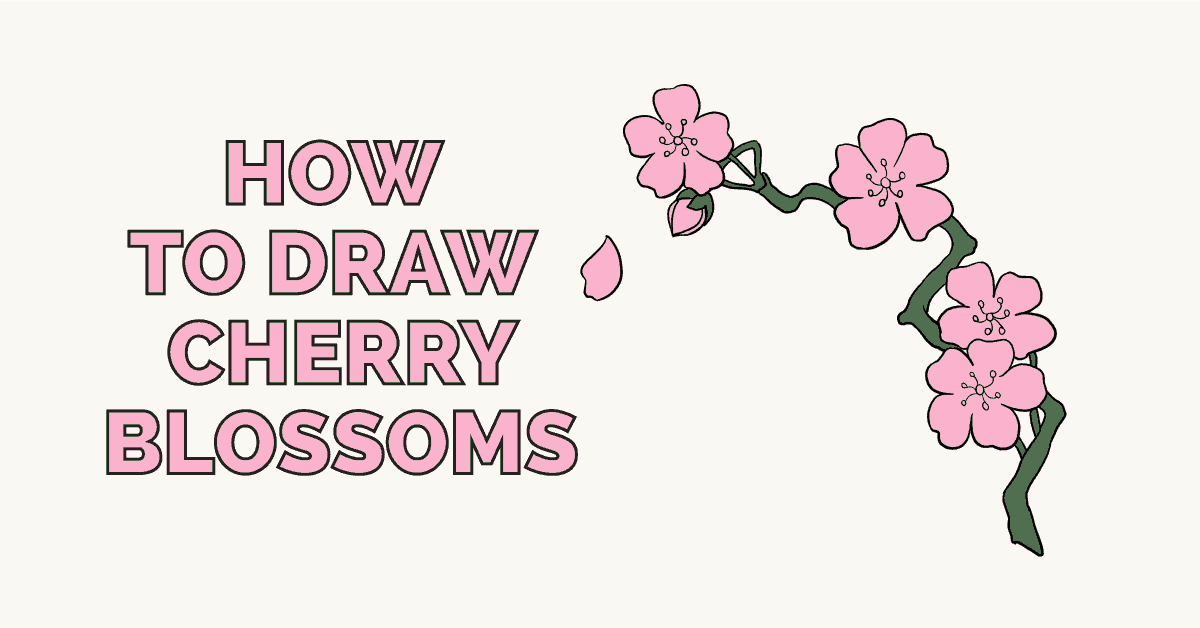
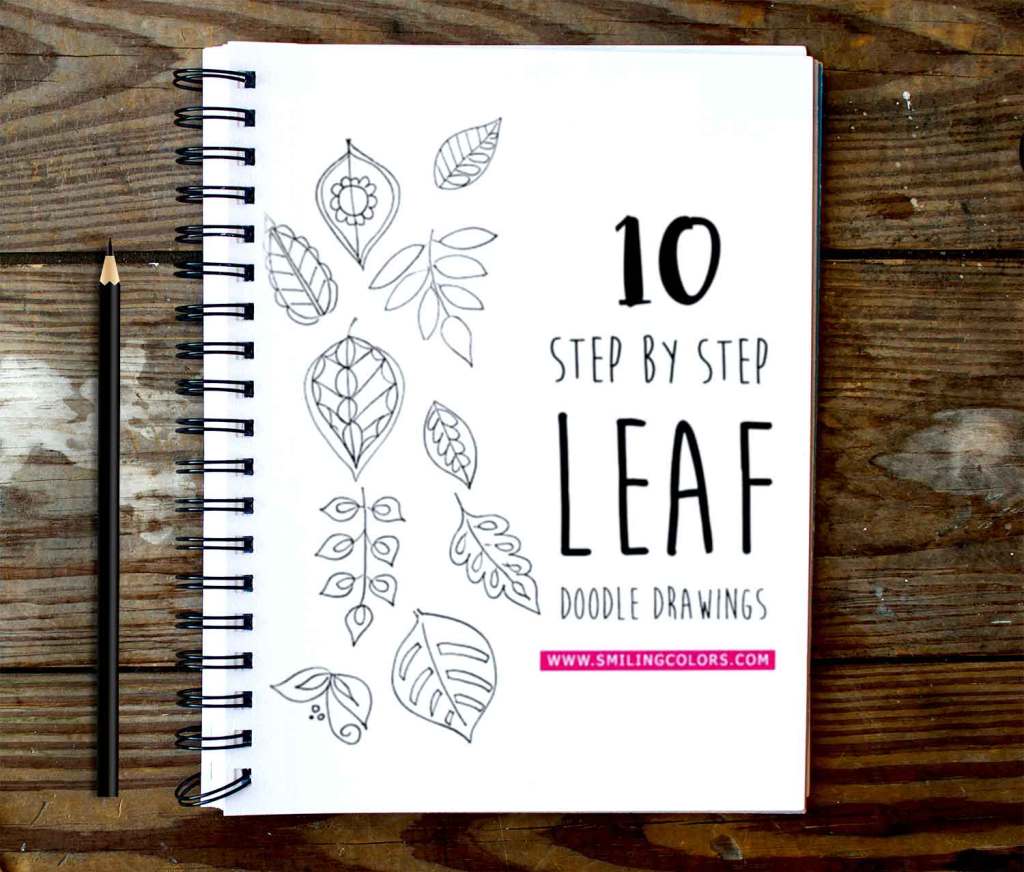
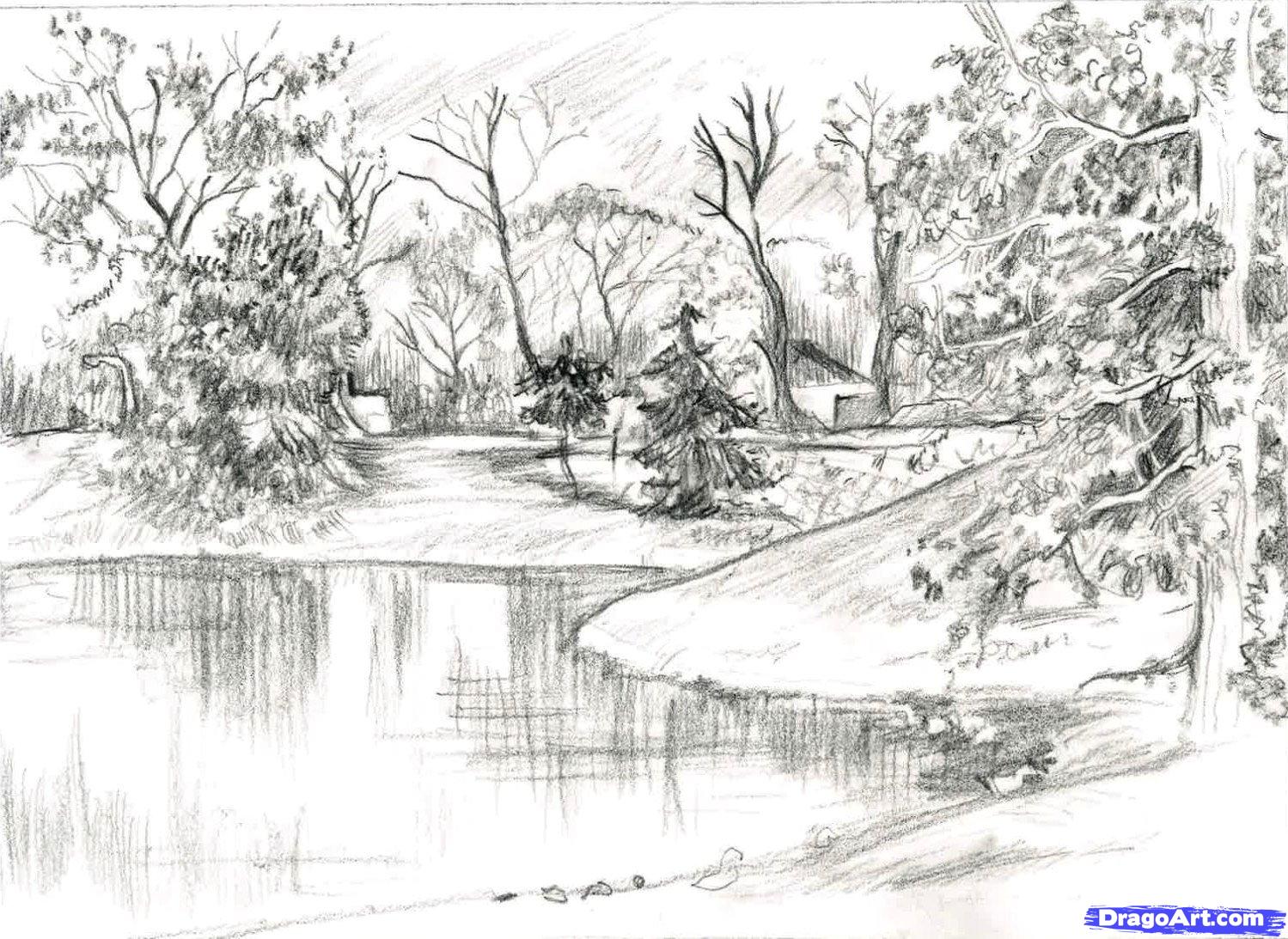
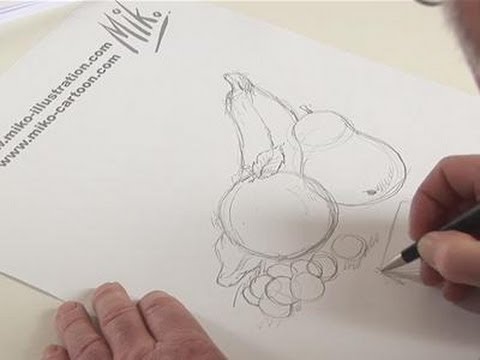

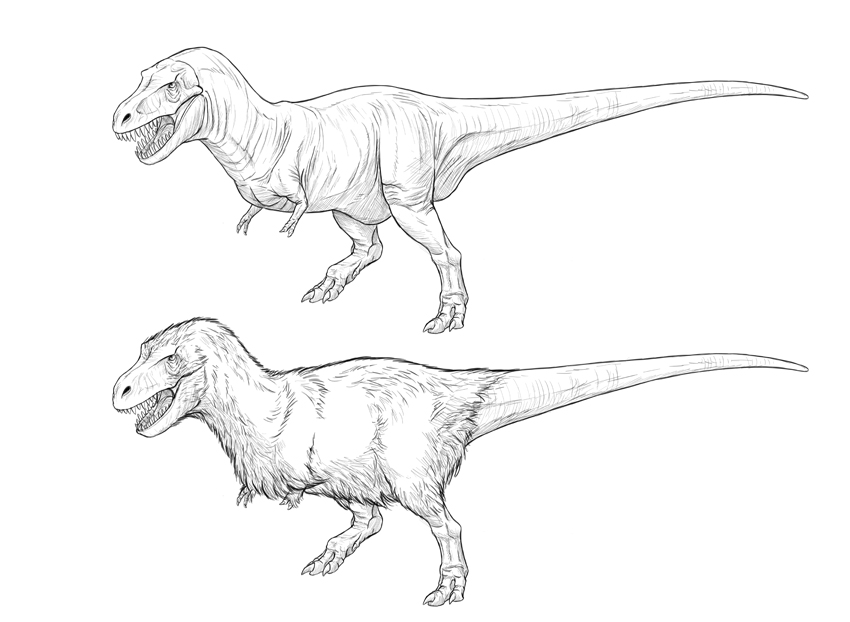
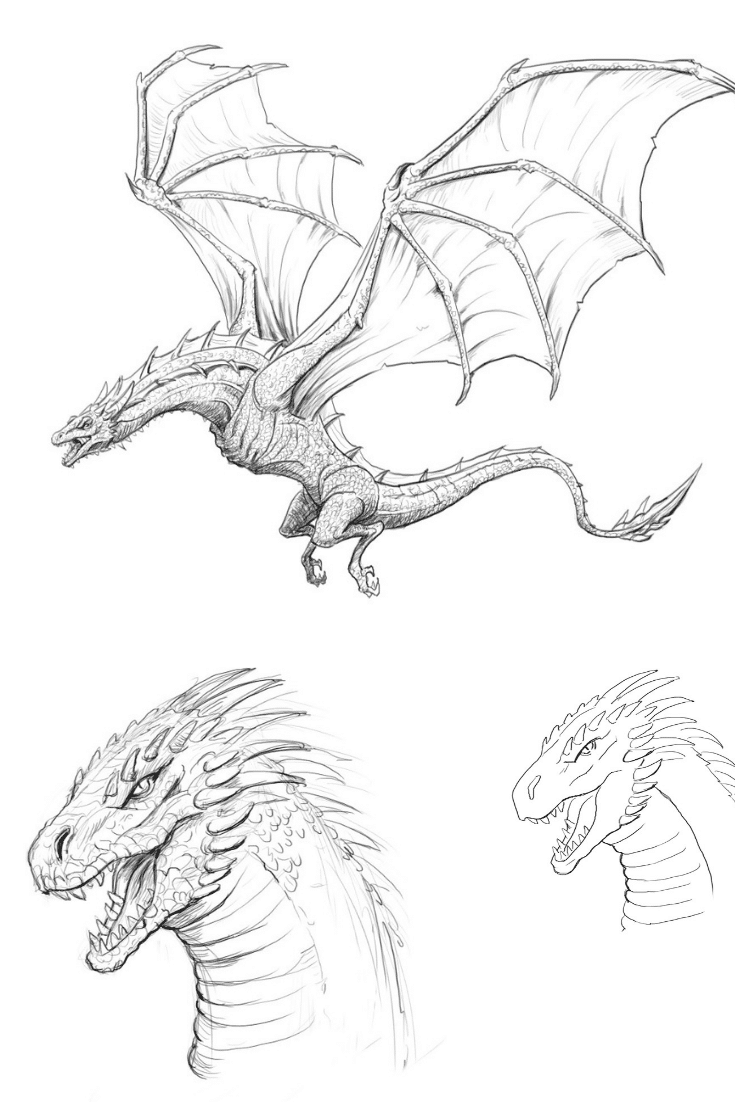

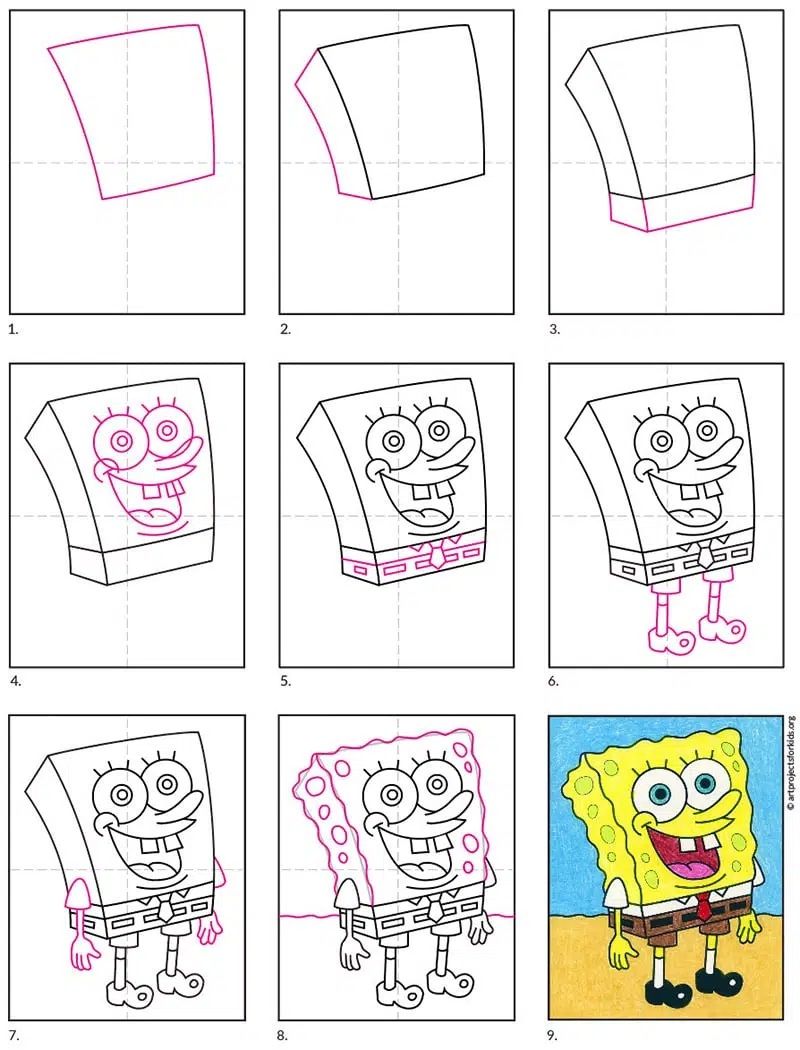
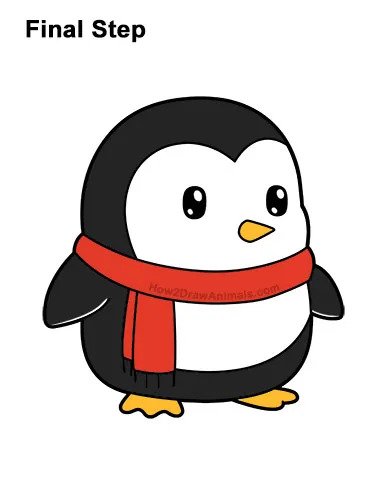
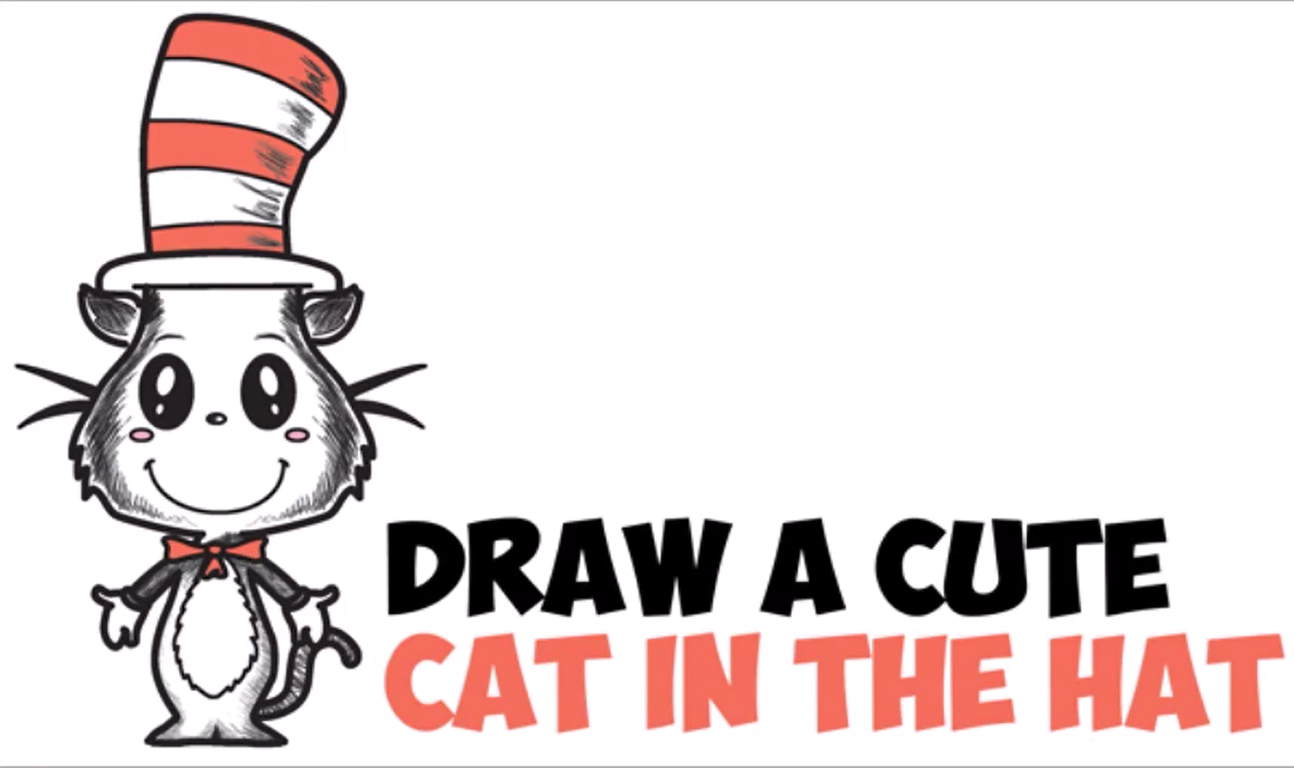
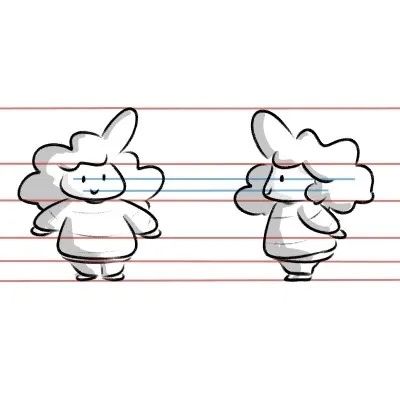
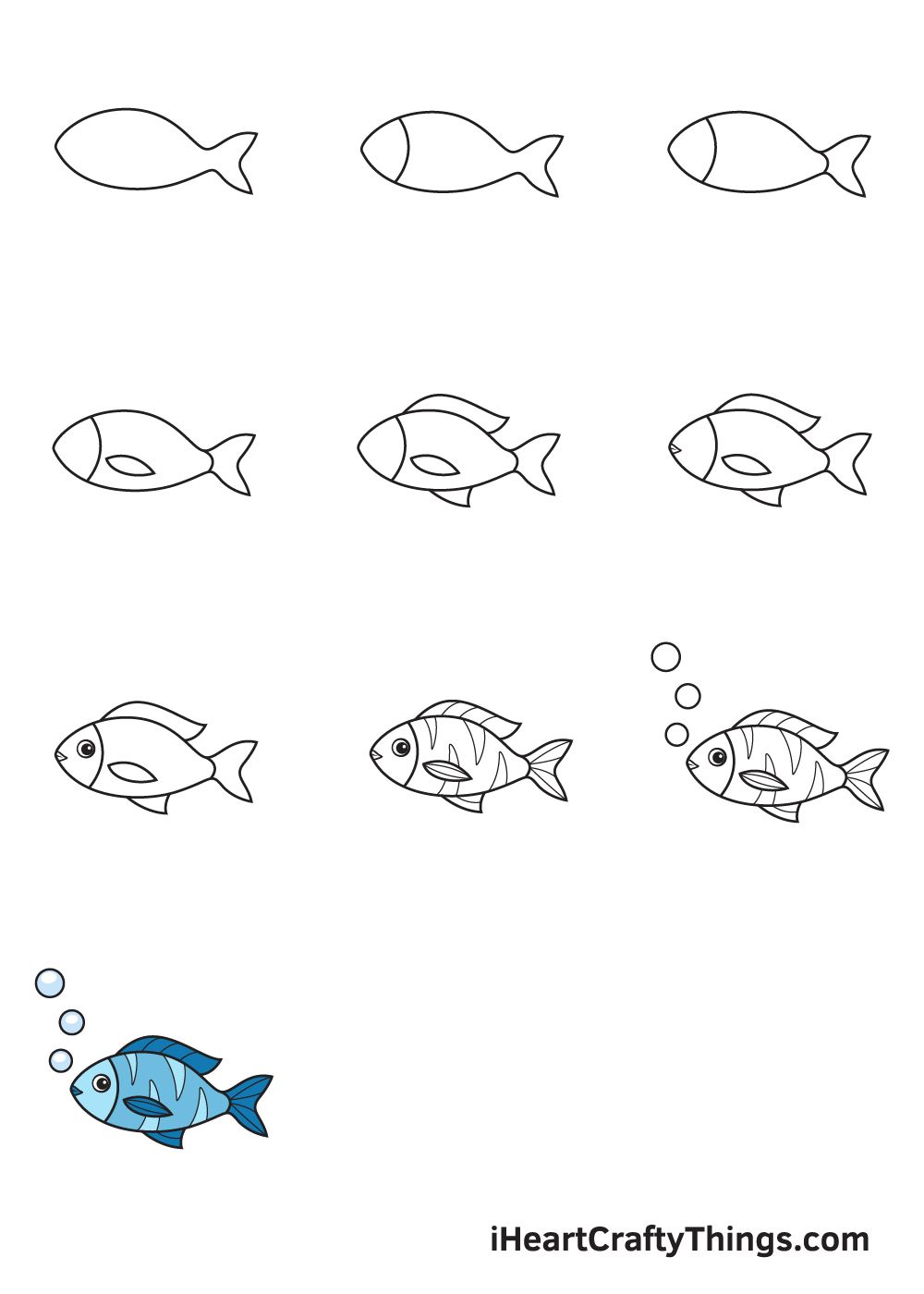

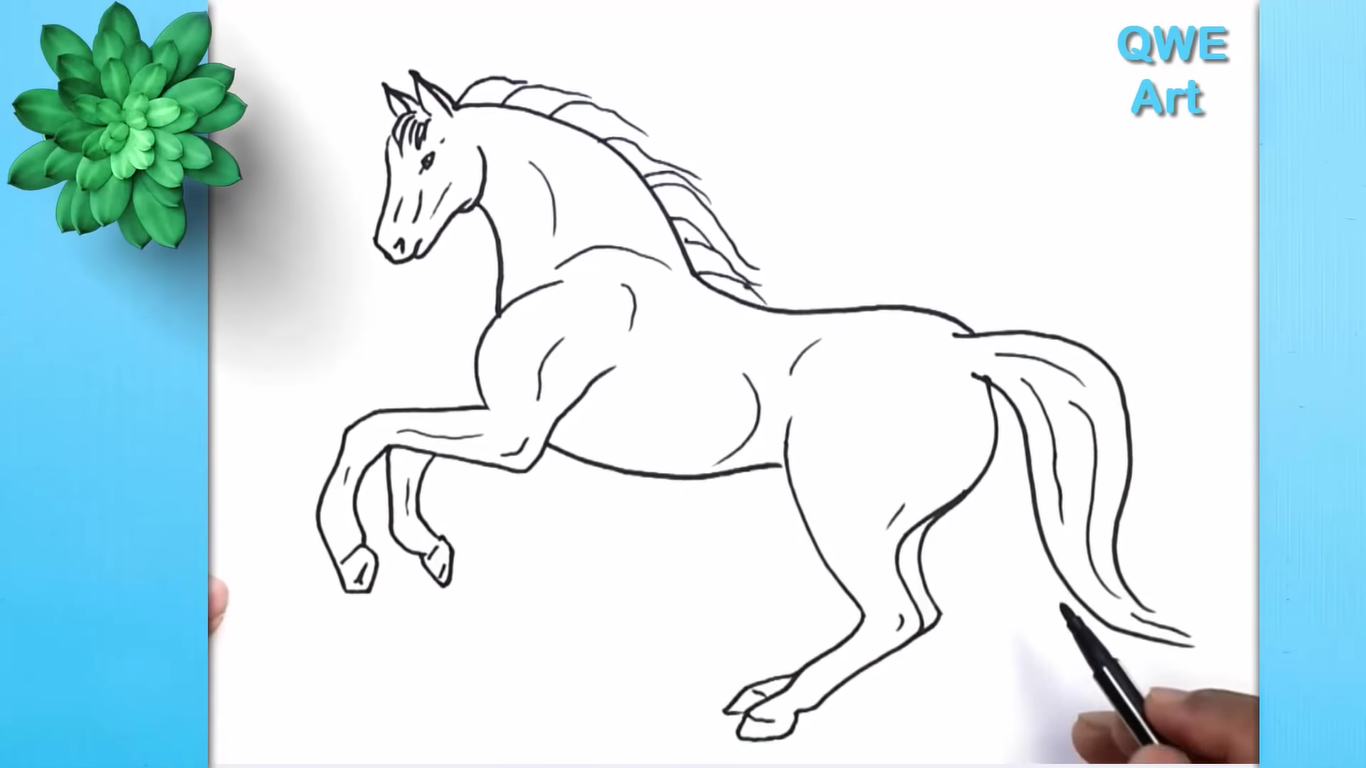

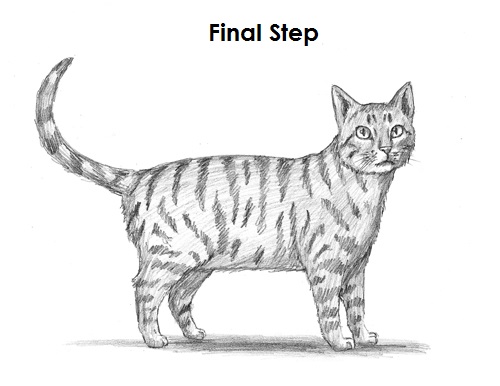

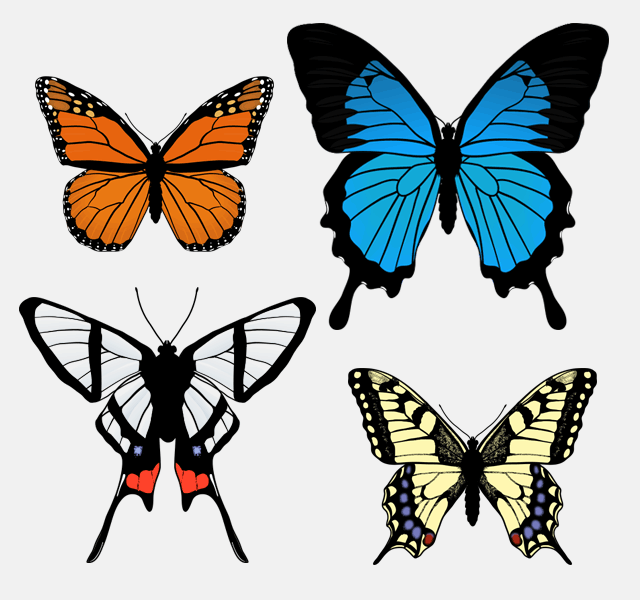
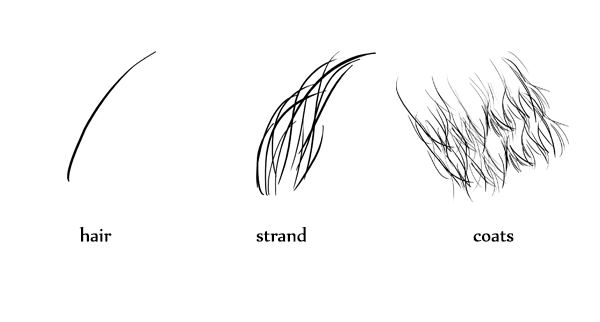


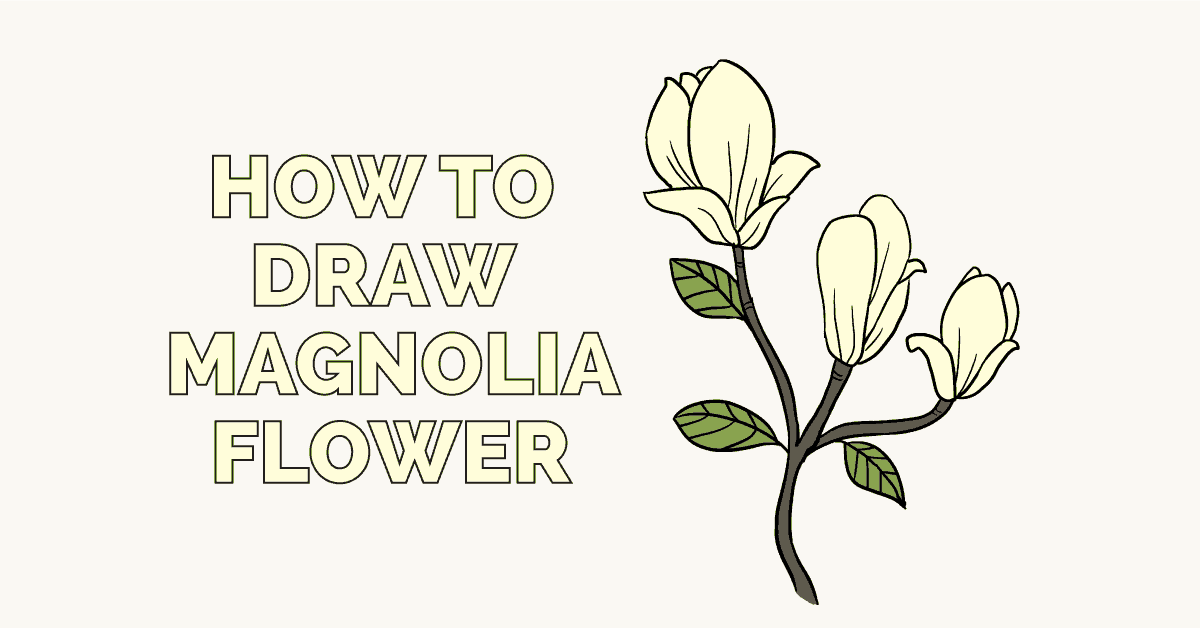
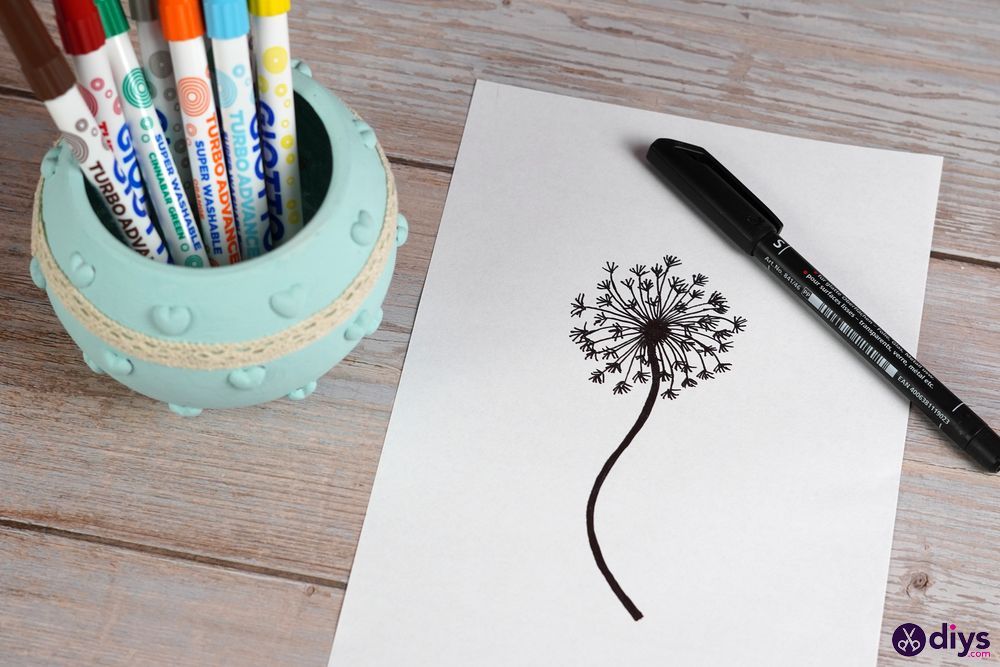
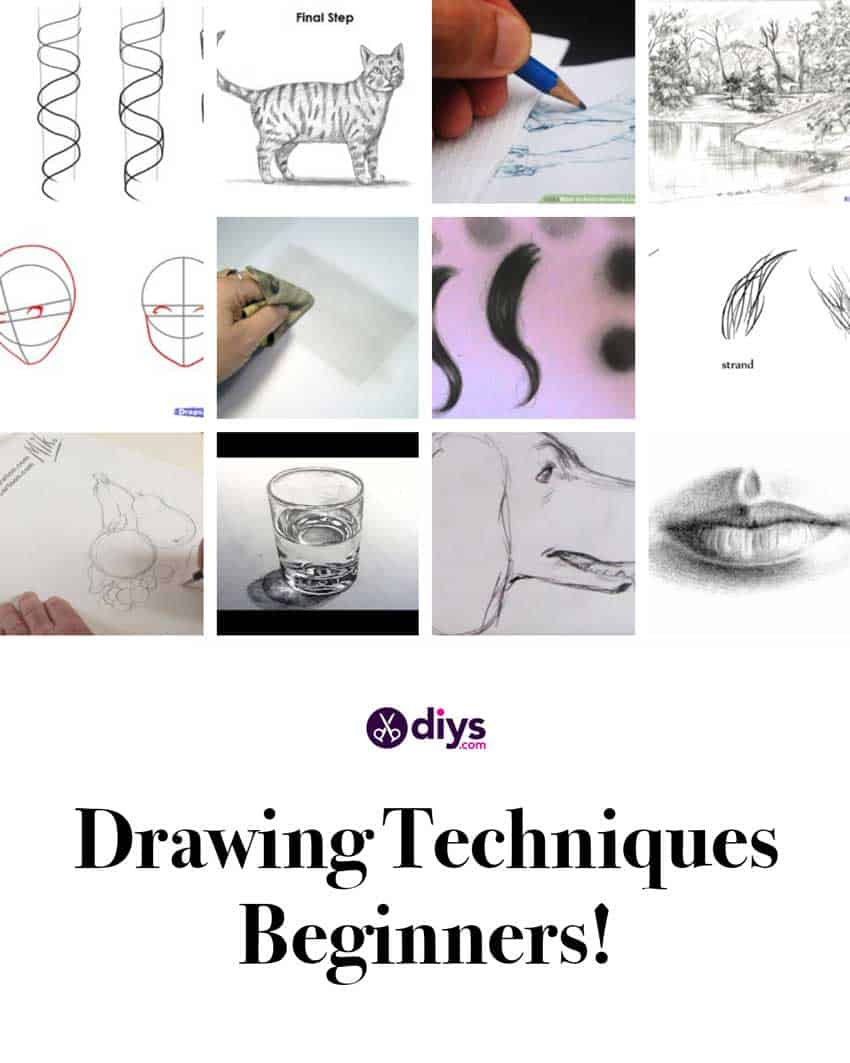
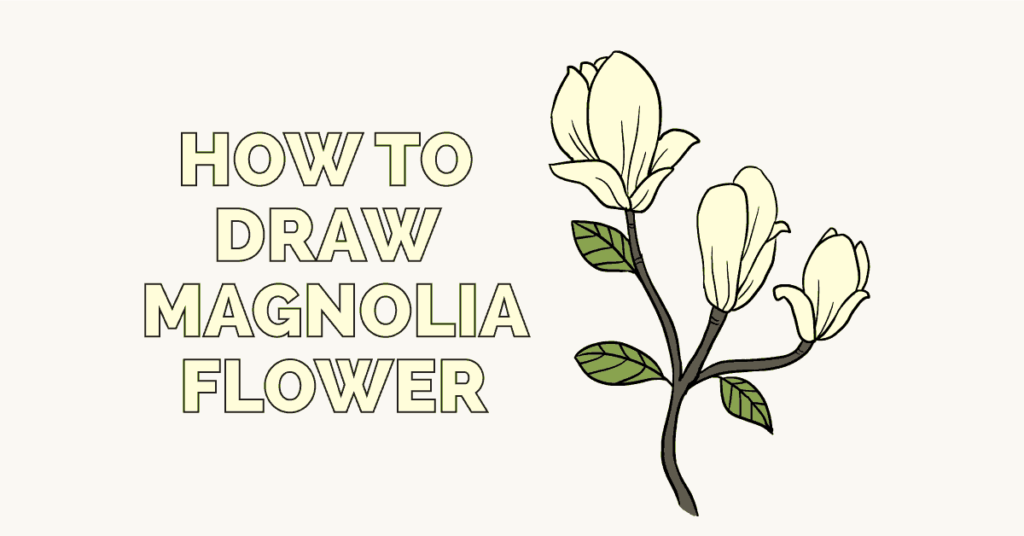
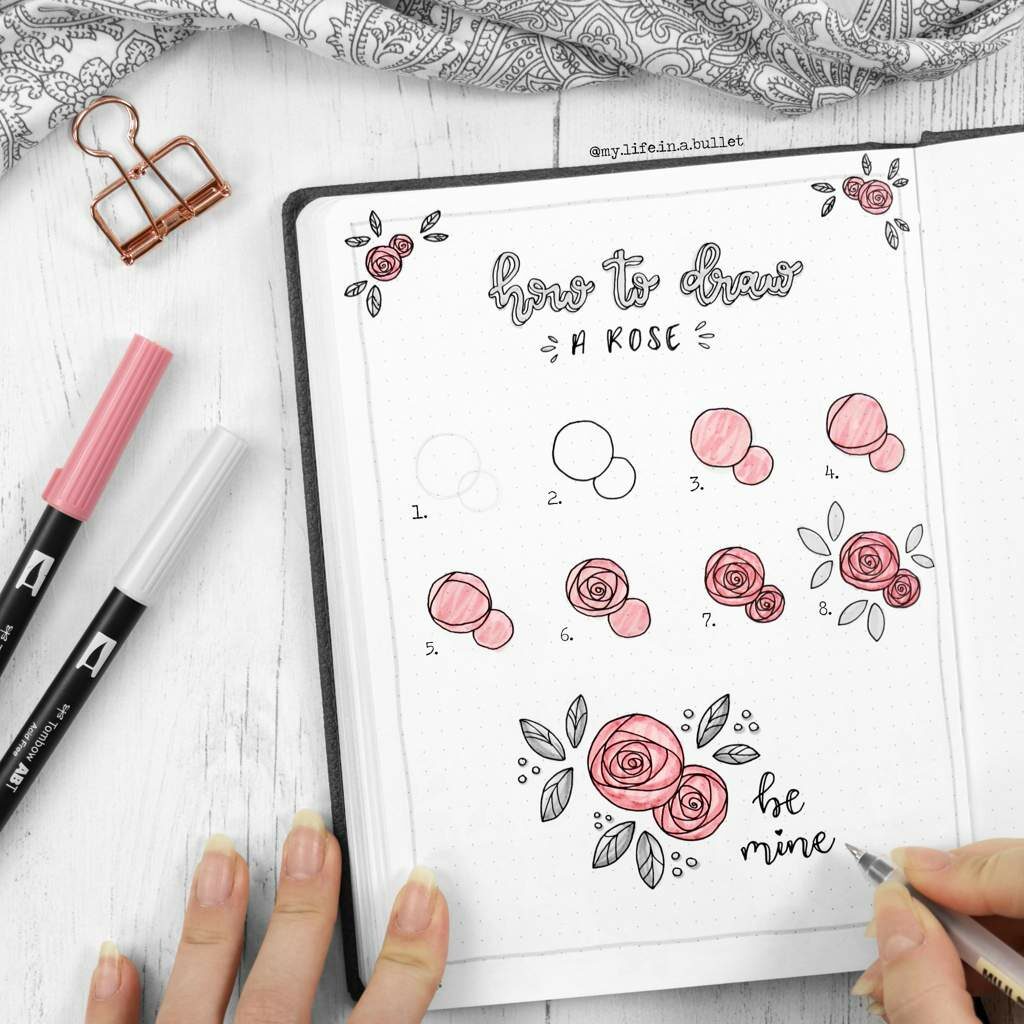
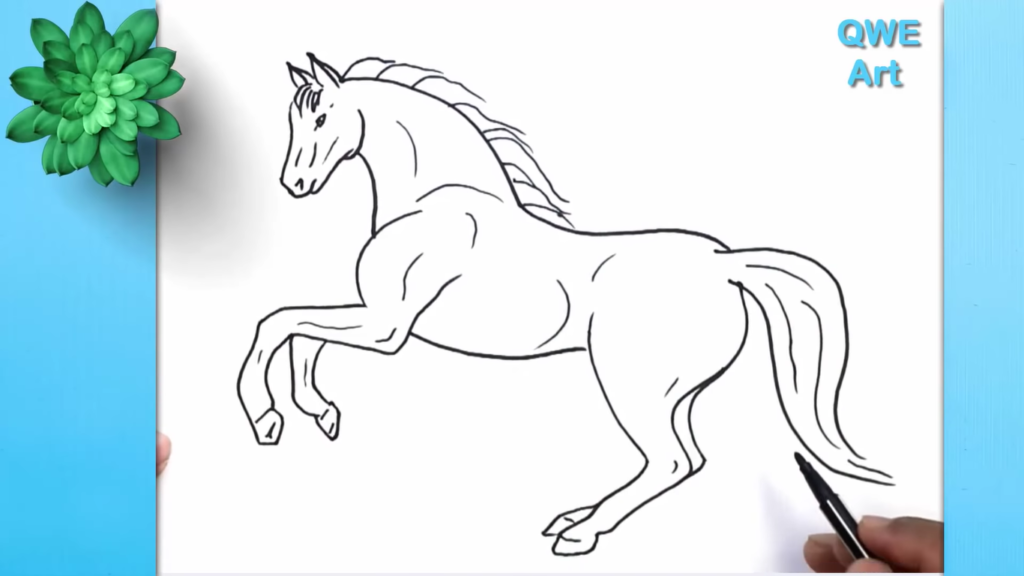
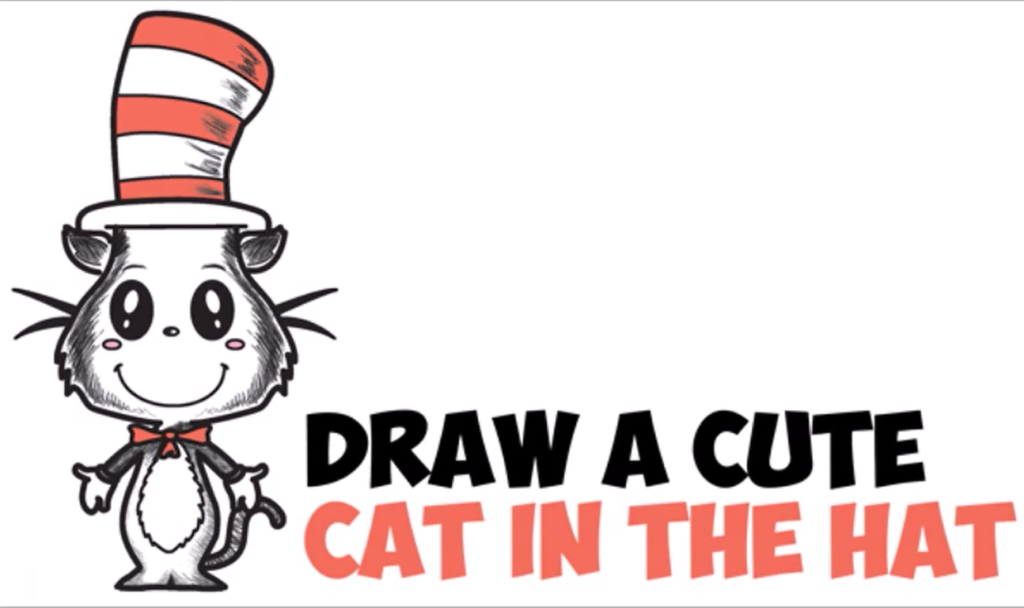
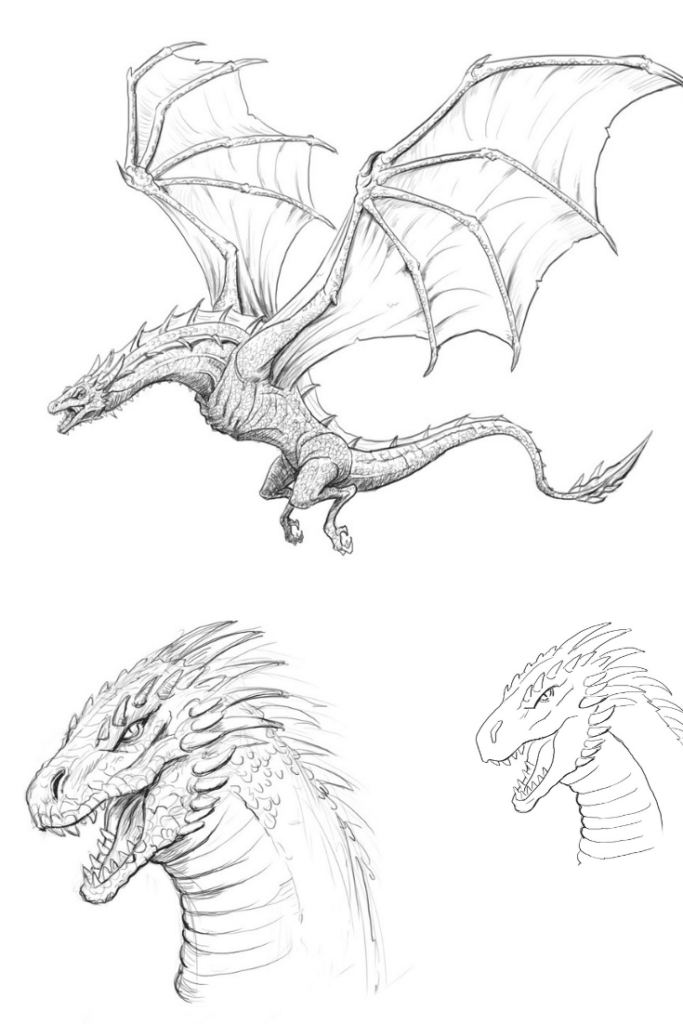
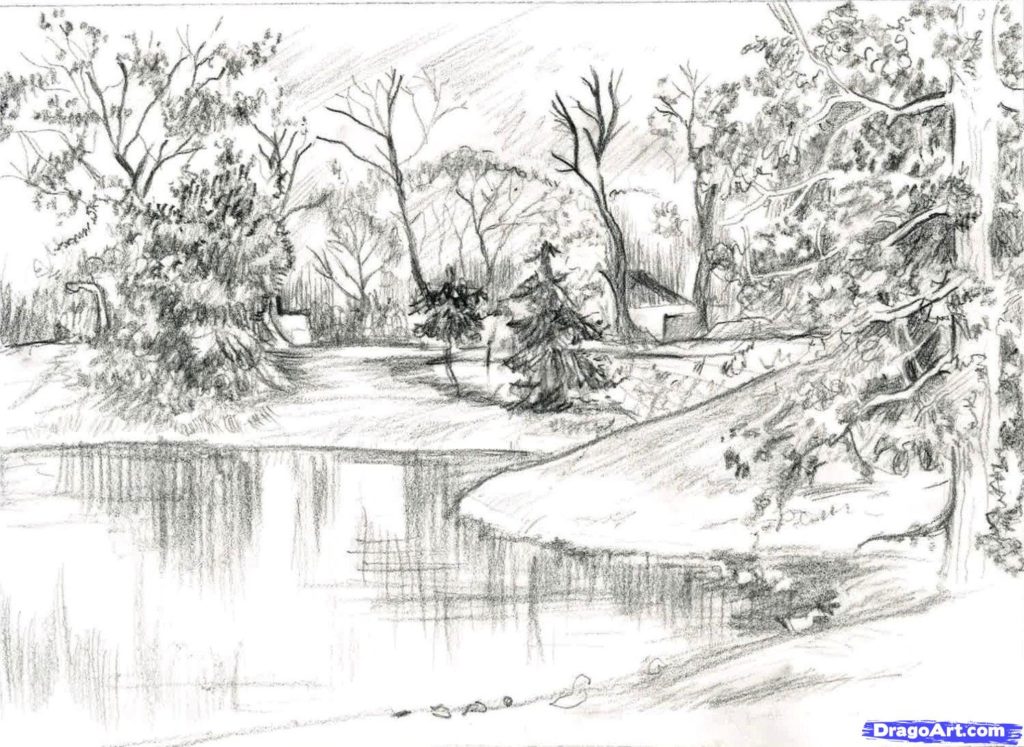
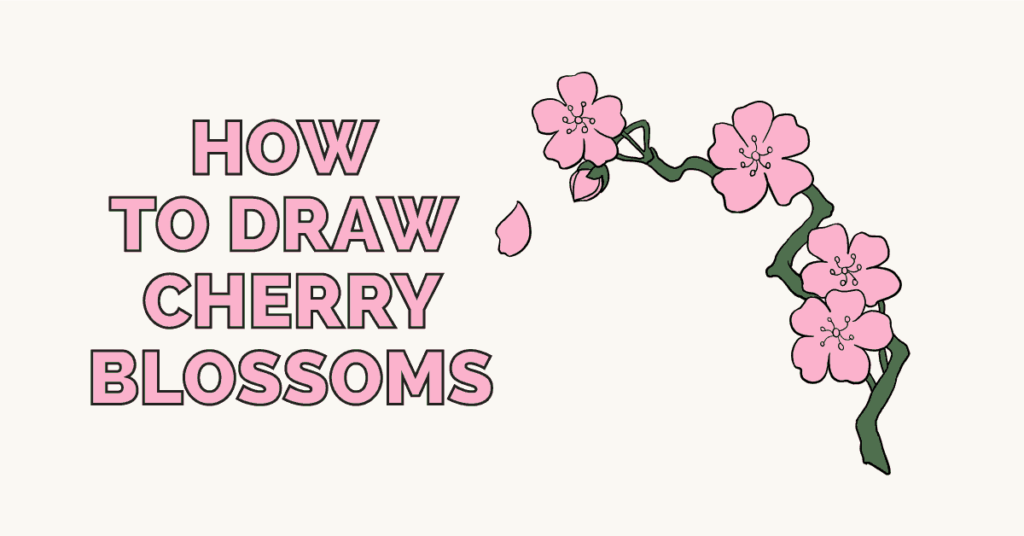
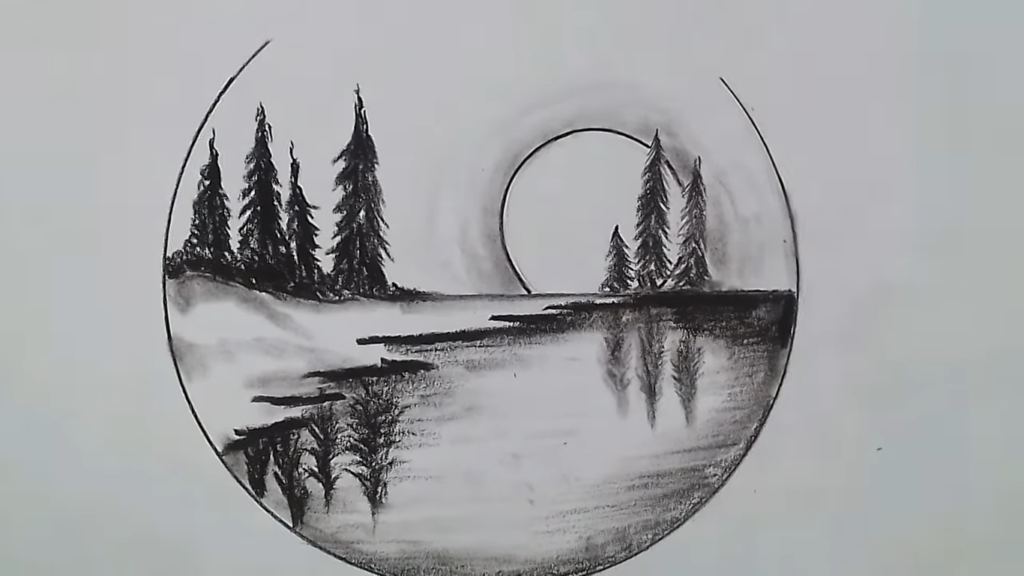
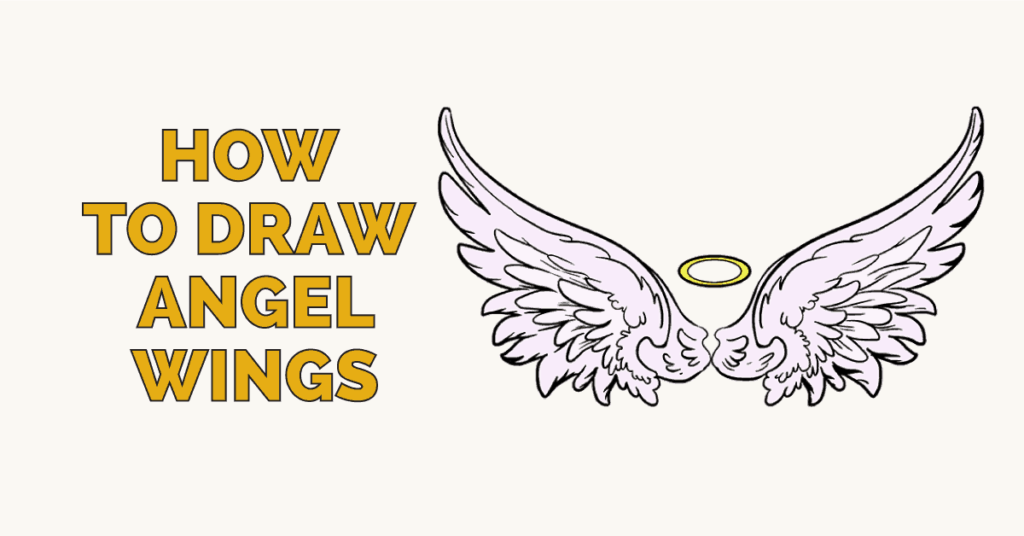
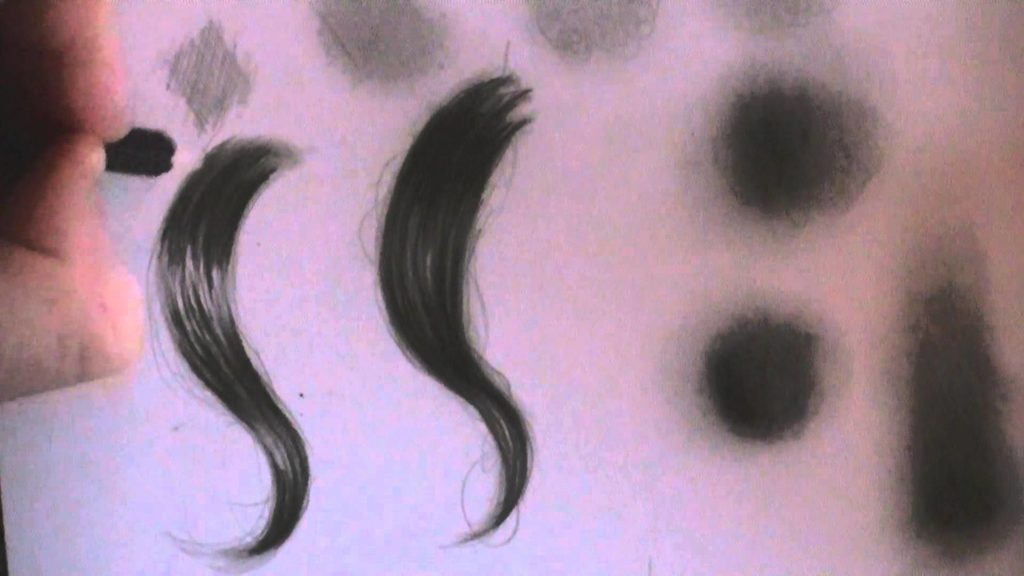
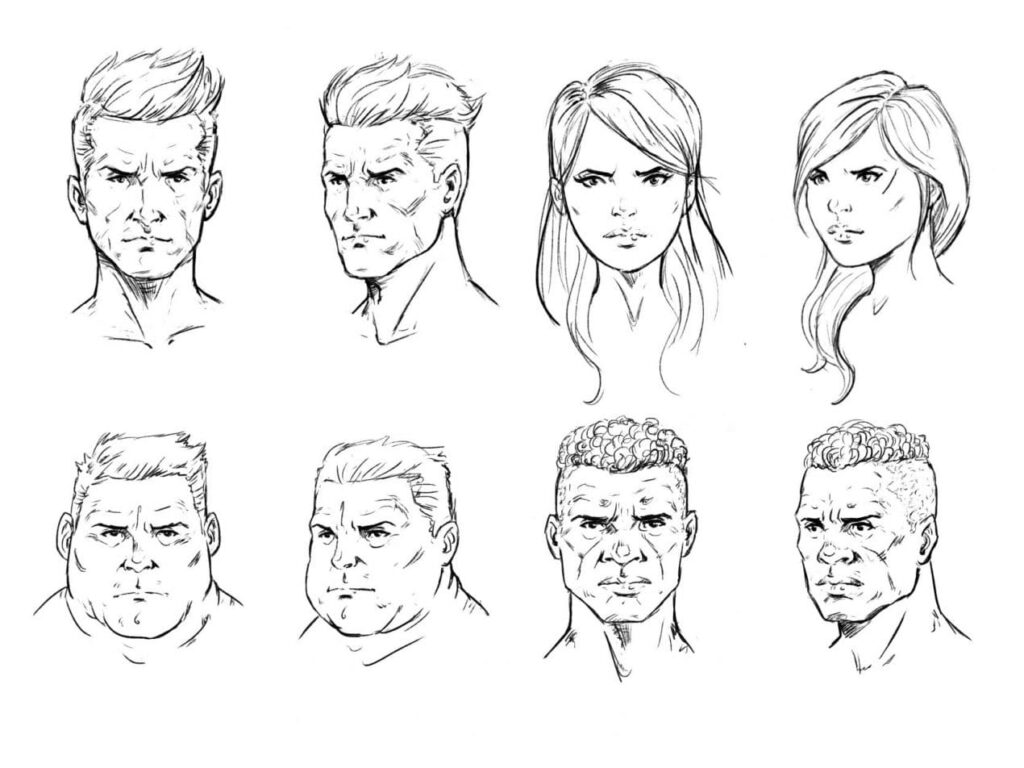
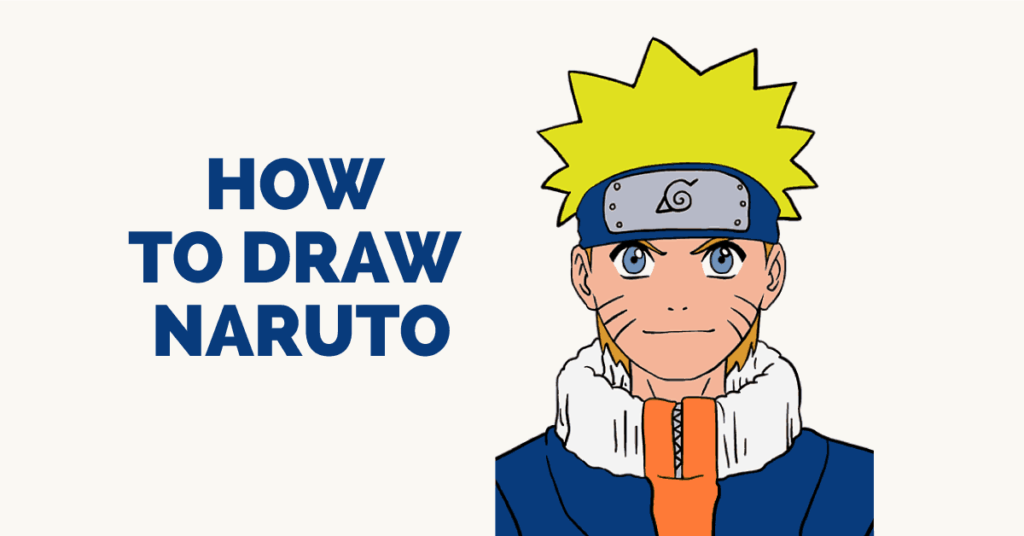
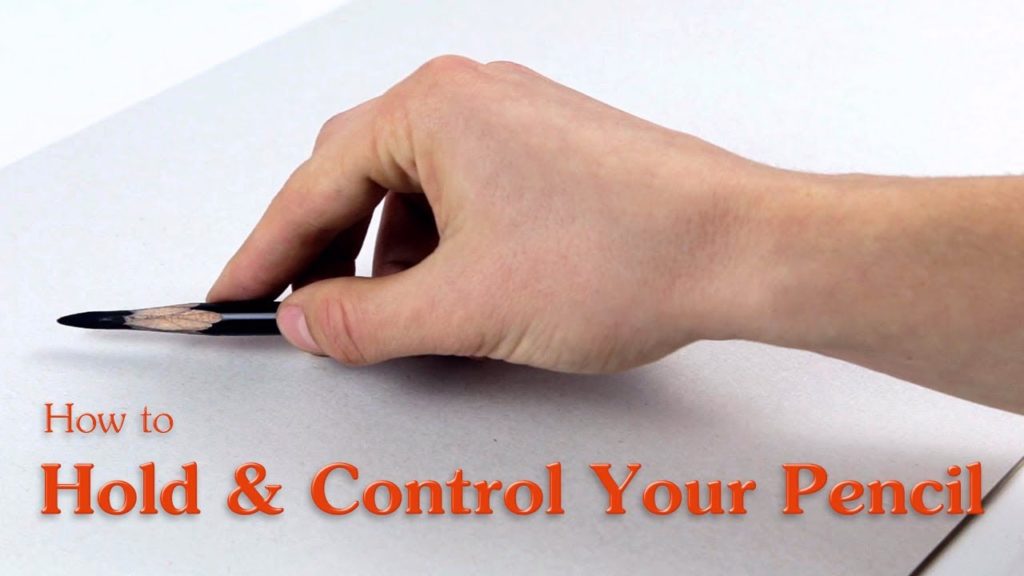
Thank you for the informative blog. Basic drawing techniques are always useful for kids and what better if they are taught by well qualified and experienced teachers. HapClap provides such opportunity to your little ones where they get to learn the art form in a fun loving environment.
thank you that helps me it gives me courage to do sketches and some drawings too. :)
I liked all the drawings
Thanks. This much of vigorous learning will certainly make me a good artist. LY.